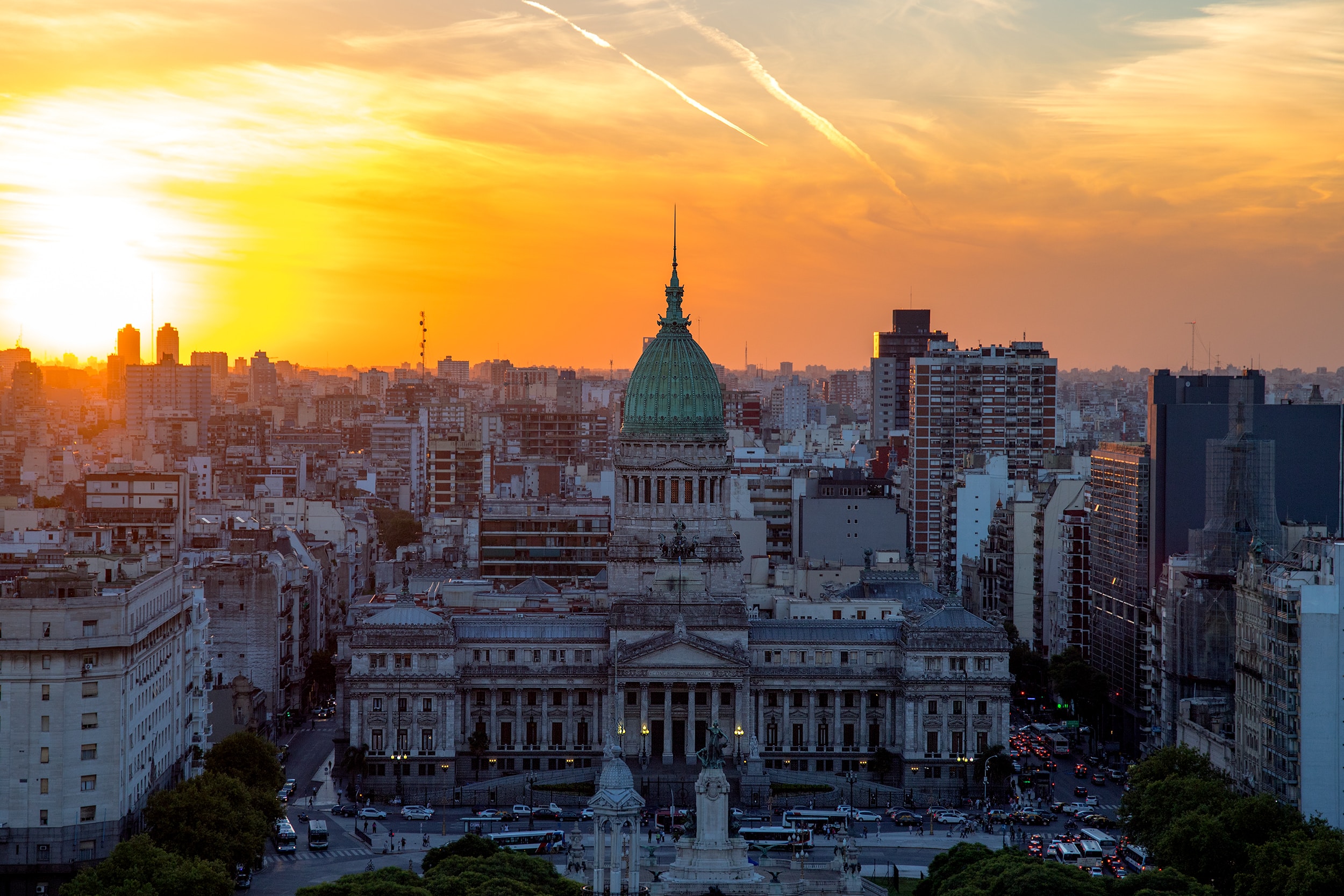
Antarctica in Depth
Antarctica in Depth
Cruise overview
WHY BOOK WITH US?
- ✔ The Deluxe Cruises’ team has extensive experience in ultra-luxury cruising.
- ✔ Call now to speak to our helpful and experienced Cruise Concierge team.
- ✔ Enjoy our Unique Deluxe Cruises Bonus for substantial savings.
- ✔ Our team will tailor your holiday to your exacting requirements.
- ✔ As agents, we work under the protection of each cruise lines ABTA / ATOL licences
About Buenos Aires
Glamorous and gritty, Buenos Aires is two cities in one. What makes Argentina's capital so fascinating is its dual heritage—part European, part Latin American. Plaza de Mayo resembles a grand square in Madrid, and the ornate Teatro Colón would not be out of place in Vienna. But you’ll know you’re in South America by the leather shoes for sale on cobbled streets and impromptu parades of triumphant soccer fans. Limited-production wines, juicy steaks, and ice cream in countless flavors are among the old-world imports the city has perfected.
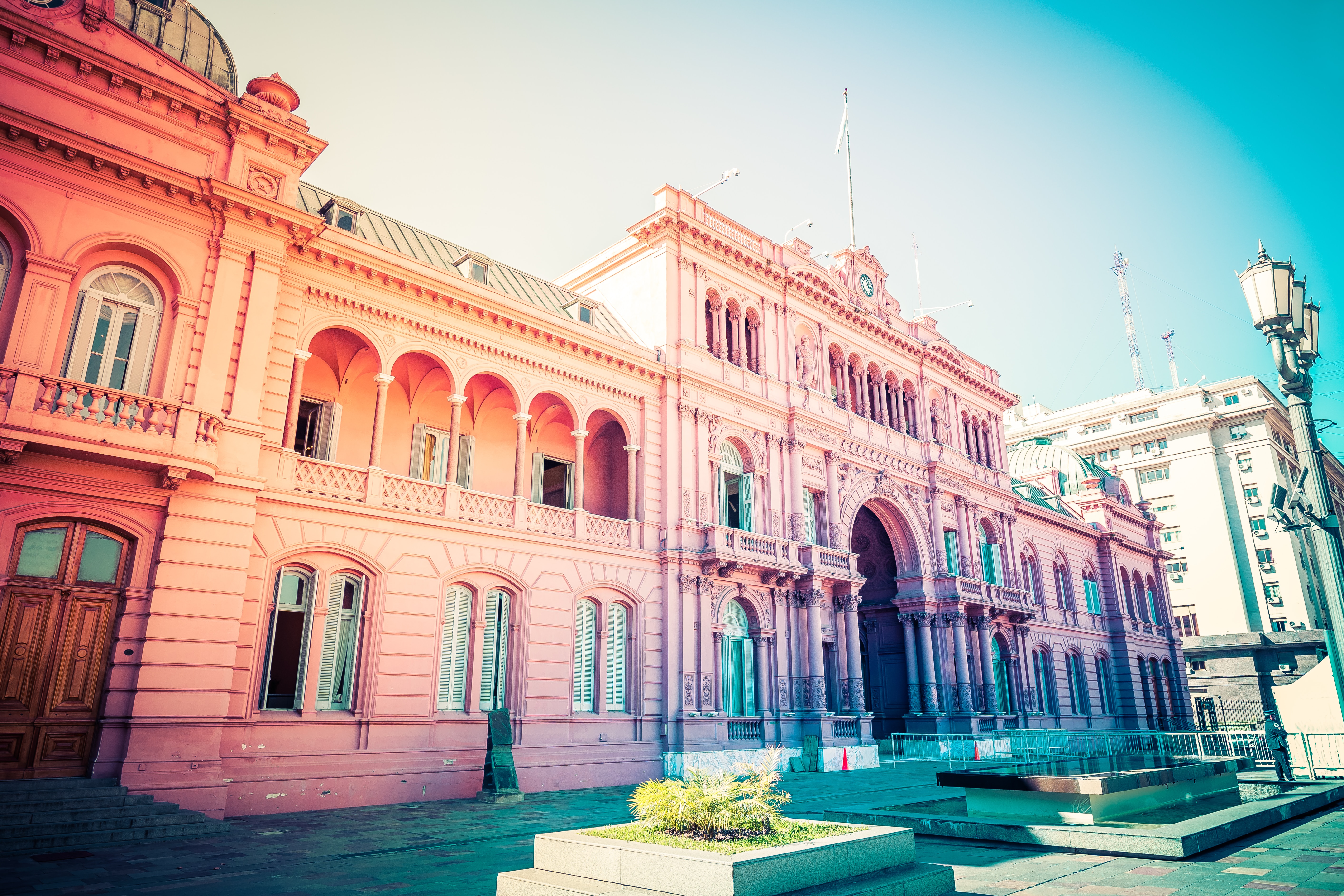
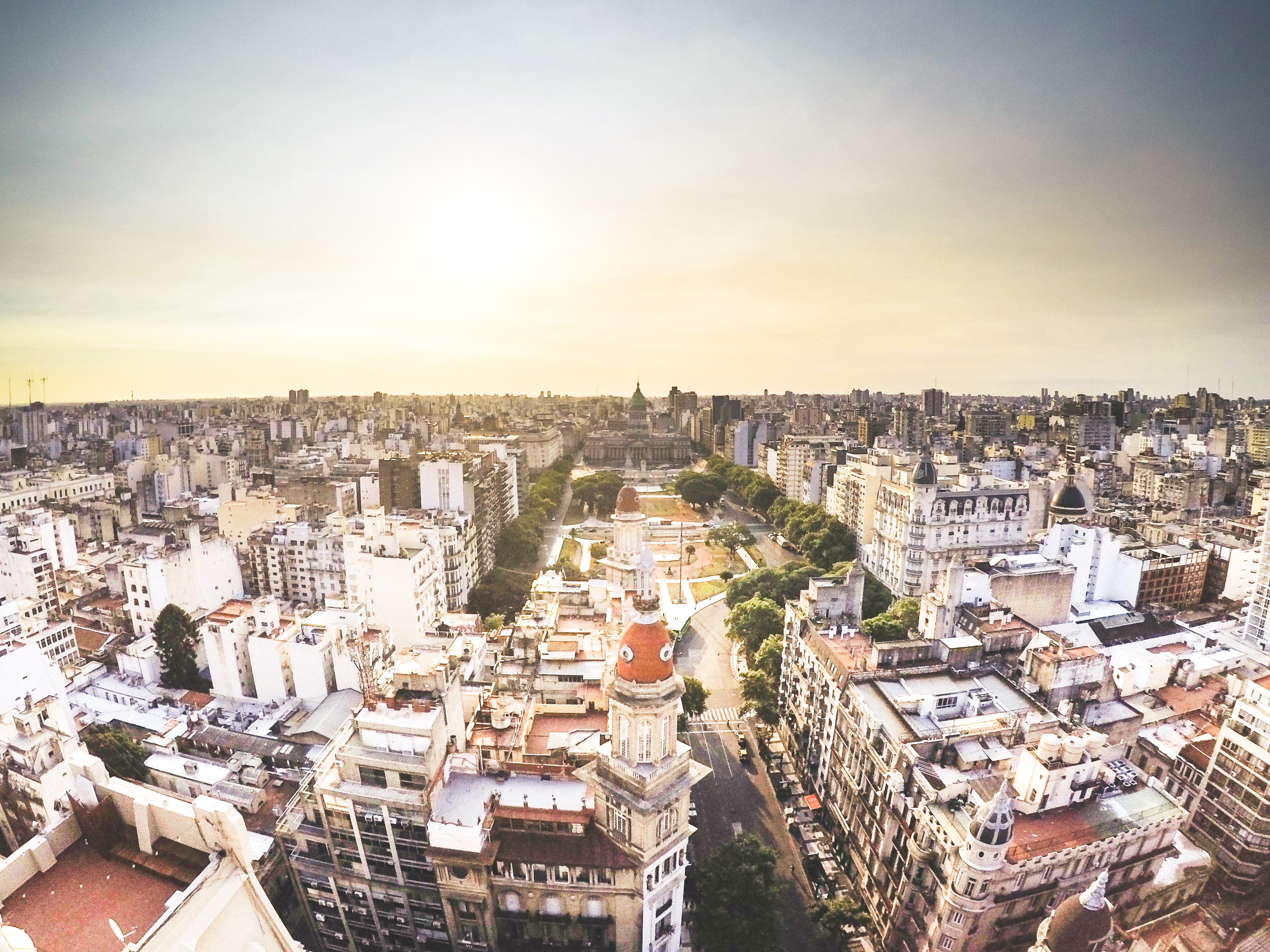

About Buenos Aires
Glamorous and gritty, Buenos Aires is two cities in one. What makes Argentina's capital so fascinating is its dual heritage—part European, part Latin American. Plaza de Mayo resembles a grand square in Madrid, and the ornate Teatro Colón would not be out of place in Vienna. But you’ll know you’re in South America by the leather shoes for sale on cobbled streets and impromptu parades of triumphant soccer fans. Limited-production wines, juicy steaks, and ice cream in countless flavors are among the old-world imports the city has perfected.



About Ushuaia
At 55 degrees latitude south, Ushuaia (pronounced oo-swy-ah) is closer to the South Pole than to Argentina's northern border with Bolivia. It is the capital and tourism base for Tierra del Fuego, the island at the southernmost tip of Argentina.Although its stark physical beauty is striking, Tierra del Fuego's historical allure is based more on its mythical past than on rugged reality. The island was inhabited for 6,000 years by Yámana, Haush, Selk'nam, and Alakaluf Indians. But in 1902 Argentina, eager to populate Patagonia to bolster its territorial claims, moved to initiate an Ushuaian penal colony, establishing the permanent settlement of its most southern territories and, by implication, everything in between.When the prison closed in 1947, Ushuaia had a population of about 3,000, made up mainly of former inmates and prison staff. Today the Indians of Darwin's "missing link" theory are long gone—wiped out by diseases brought by settlers and by indifference to their plight—and the 60,000 residents of Ushuaia are hitching their star to tourism.The city rightly (if perhaps too loudly) promotes itself as the southernmost city in the world (Puerto Williams, a few miles south on the Chilean side of the Beagle Channel, is a small town). You can make your way to the tourism office to get your clichéd, but oh-so-necessary, "Southernmost City in the World" passport stamp. Ushuaia feels like a frontier boomtown, at heart still a rugged, weather-beaten fishing village, but exhibiting the frayed edges of a city that quadrupled in size in the '70s and '80s and just keeps growing. Unpaved portions of Ruta 3, the last stretch of the Pan-American Highway, which connects Alaska to Tierra del Fuego, are finally being paved. The summer months (December through March) draw more than 120,000 visitors, and dozens of cruise ships. The city is trying to extend those visits with events like March's Marathon at the End of the World and by increasing the gamut of winter activities buoyed by the excellent snow conditions.A terrific trail winds through the town up to the Martial Glacier, where a ski lift can help cut down a steep kilometer of your journey. The chaotic and contradictory urban landscape includes a handful of luxury hotels amid the concrete of public housing projects. Scores of "sled houses" (wooden shacks) sit precariously on upright piers, ready for speedy displacement to a different site. But there are also many small, picturesque homes with tiny, carefully tended gardens. Many of the newer homes are built in a Swiss-chalet style, reinforcing the idea that this is a town into which tourism has breathed new life. At the same time, the weather-worn pastel colors that dominate the town's landscape remind you that Ushuaia was once just a tiny fishing village, snuggled at the end of the Earth.As you stand on the banks of the Canal Beagle (Beagle Channel) near Ushuaia, the spirit of the farthest corner of the world takes hold. What stands out is the light: at sundown the landscape is cast in a subdued, sensual tone; everything feels closer, softer, and more human in dimension despite the vastness of the setting. The snowcapped mountains reflect the setting sun back onto a stream rolling into the channel, as nearby peaks echo their image—on a windless day—in the still waters.Above the city rise the last mountains of the Andean Cordillera, and just south and west of Ushuaia they finally vanish into the often-stormy sea. Snow whitens the peaks well into summer. Nature is the principal attraction here, with trekking, fishing, horseback riding, wildlife spotting, and sailing among the most rewarding activities, especially in the Parque Nacional Tierra del Fuego (Tierra del Fuego National Park).
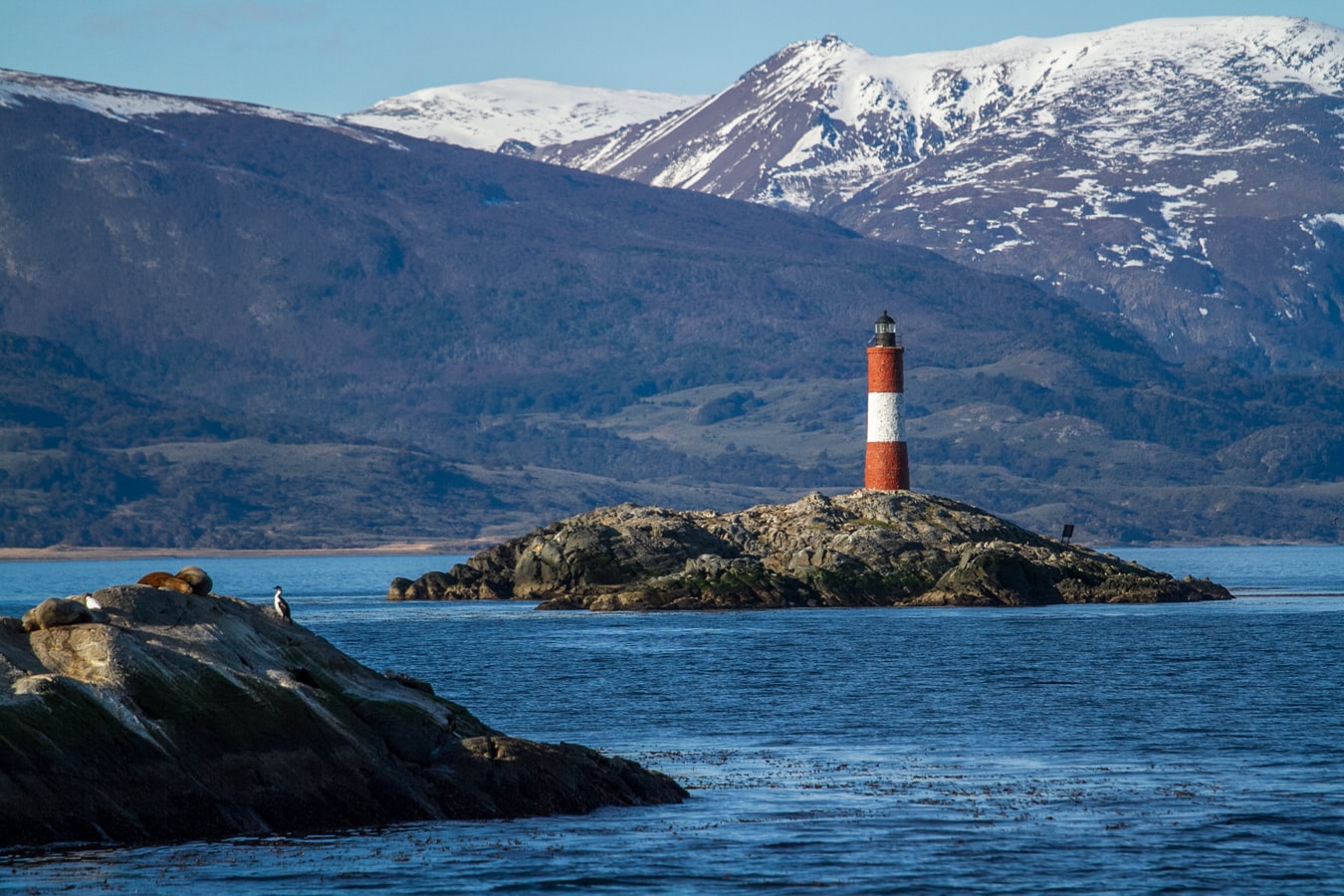
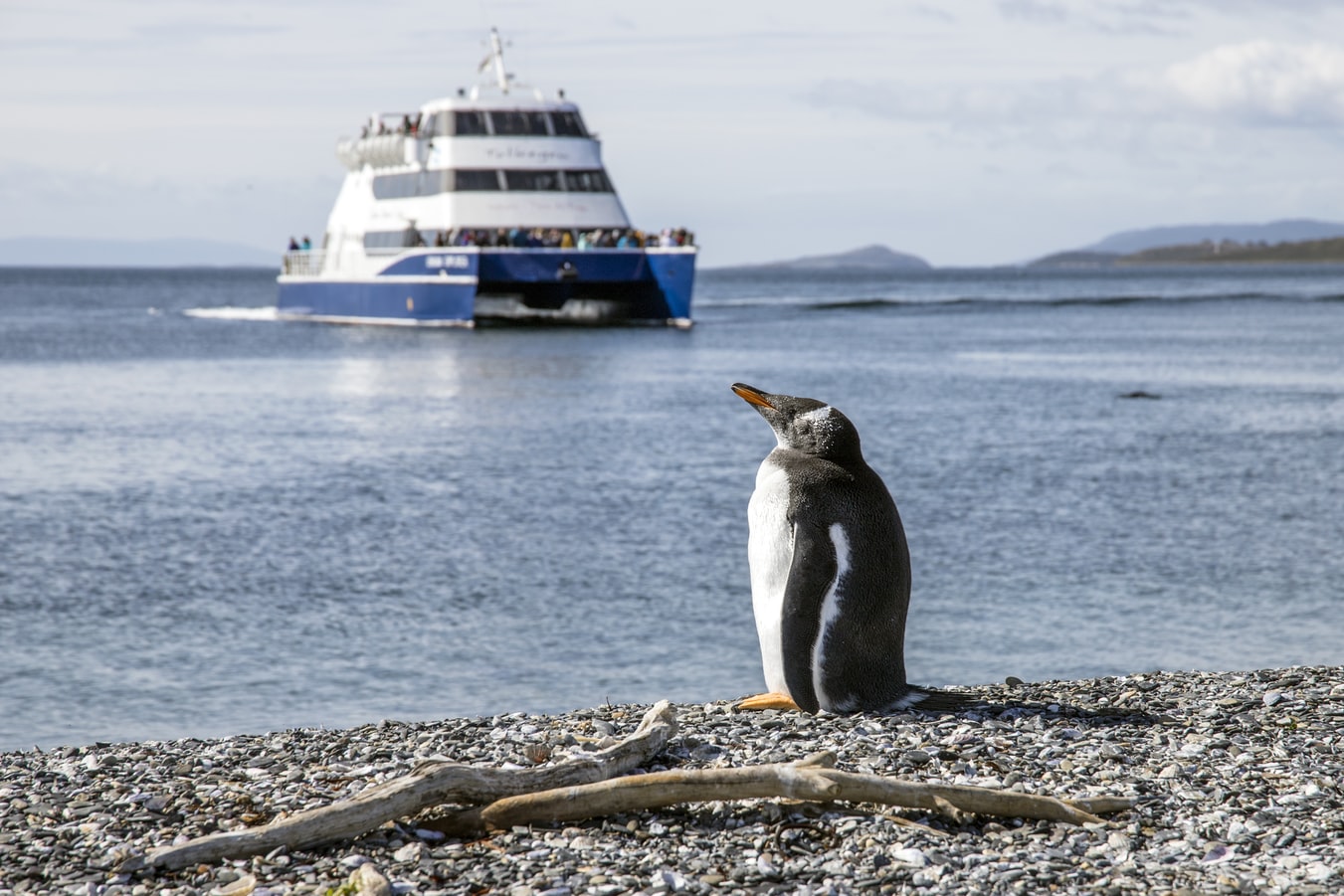
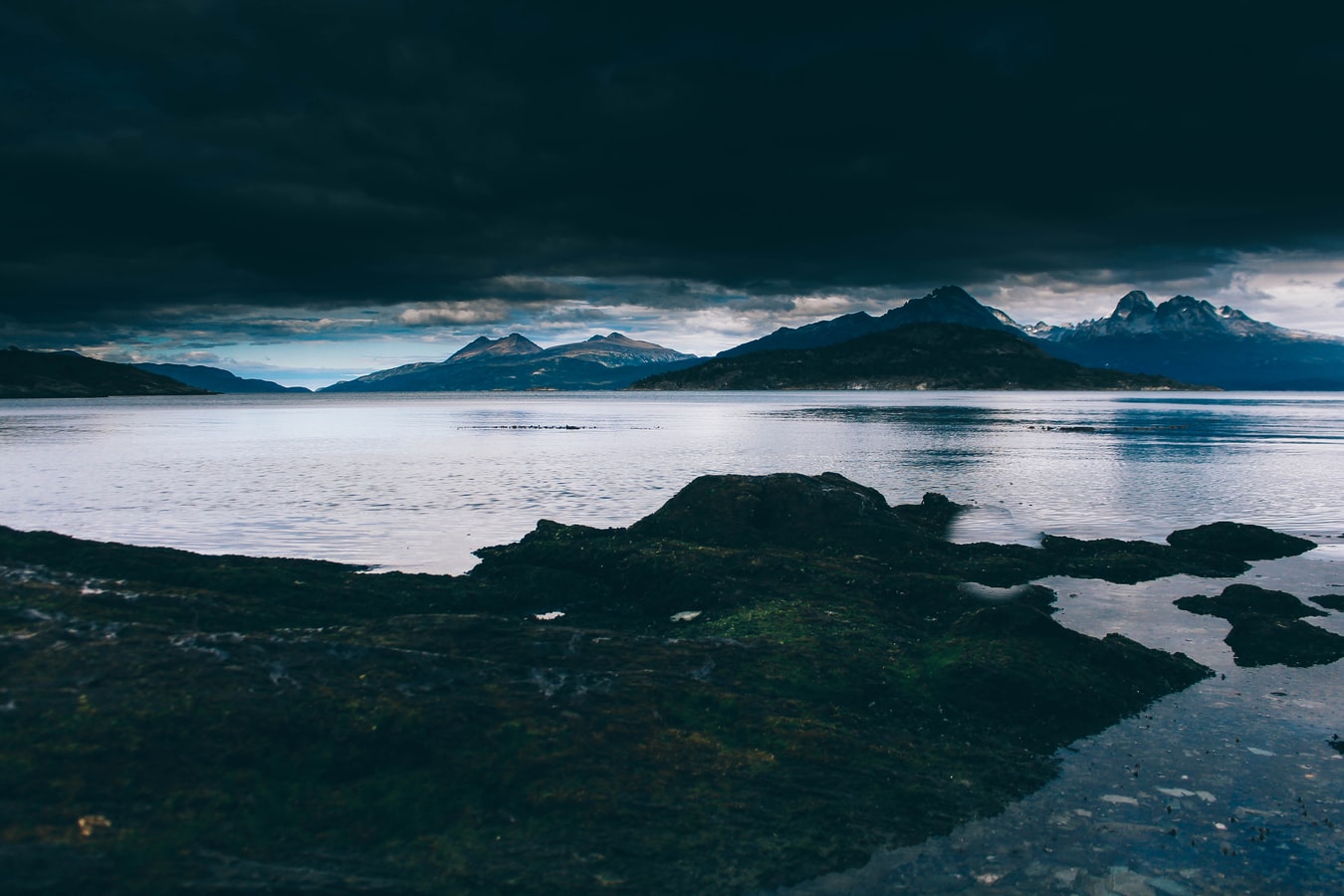
About Antarctic Peninsula
Remote and otherworldly, Antarctic is irresistible for its spectacular iceberg sculptures and calving glaciers, and for the possibility of up-close encounters with marine mammals and the iconic penguins. The Antarctic Peninsula – the main peninsula closest to South America – has a human history of almost 200 years, with explorers, sealers, whalers, and scientists who have come to work, and eventually intrepid visitors coming to enjoy this pristine and remote wilderness. It is a region of protected bays, unscaled snow-capped mountains, vast glaciers and a few places where whalers or scientists have worked. Just as irresistible are the many Gentoo and Chinstrap Penguin colonies, the seals basking on ice floes, the whales and orcas.
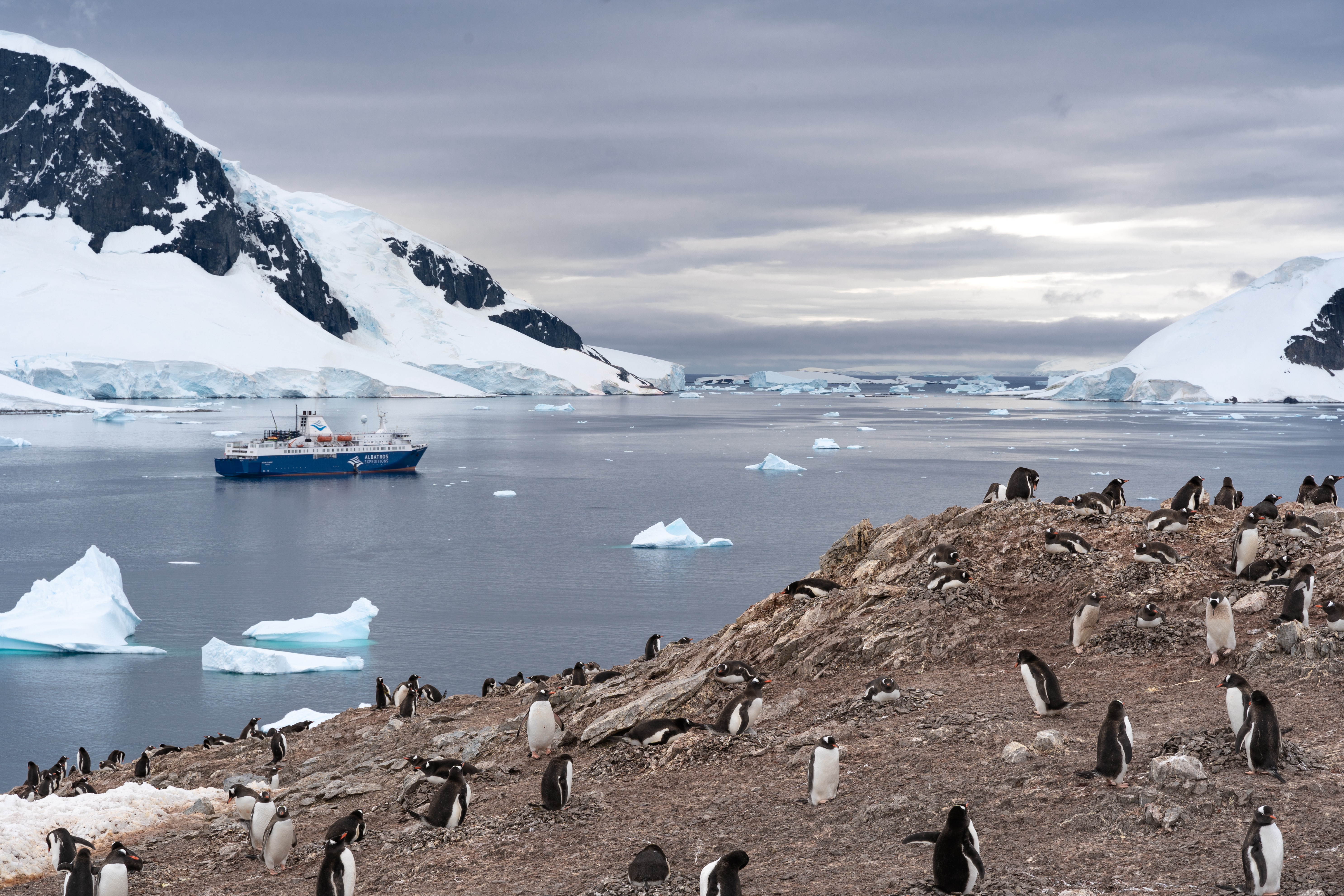
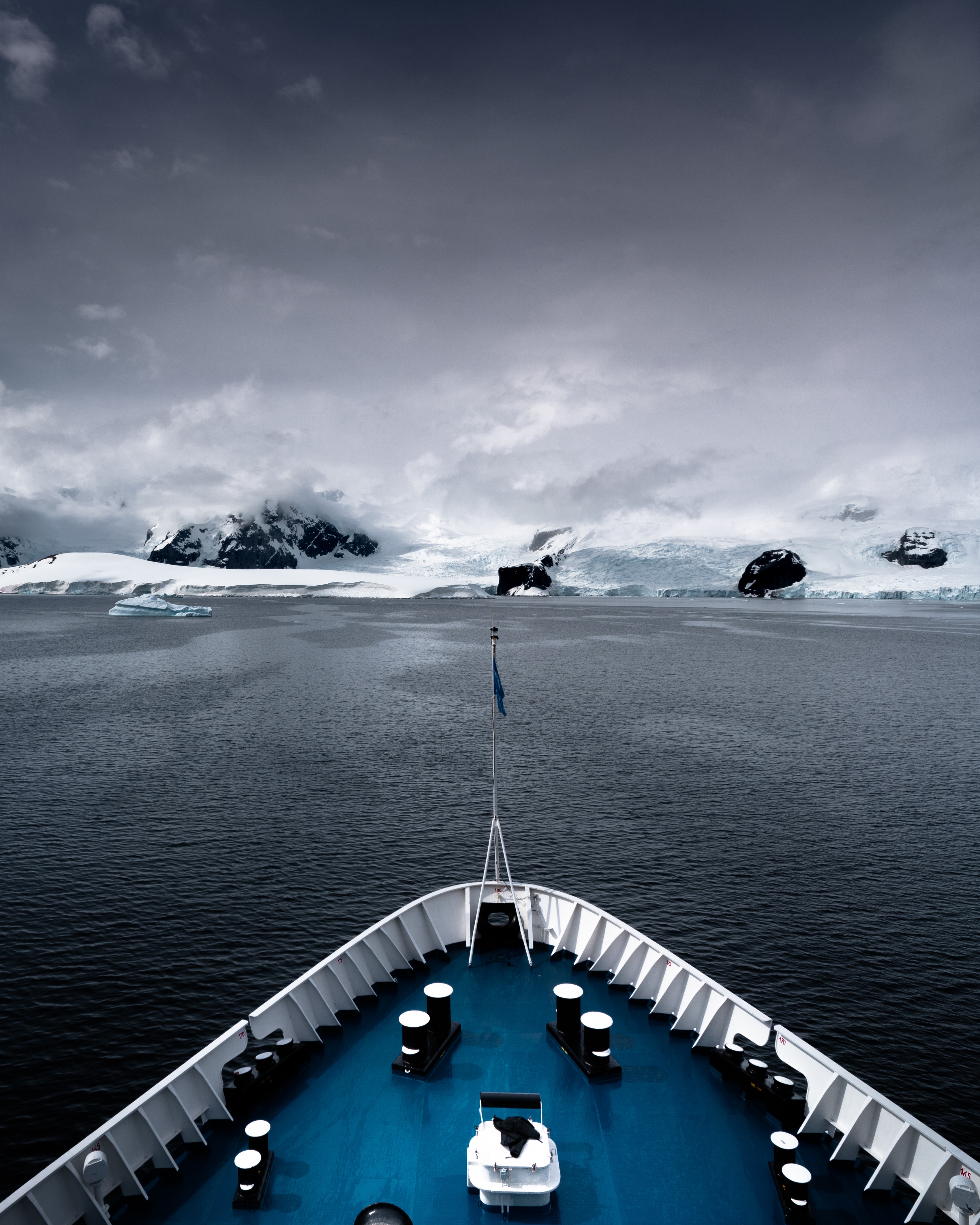
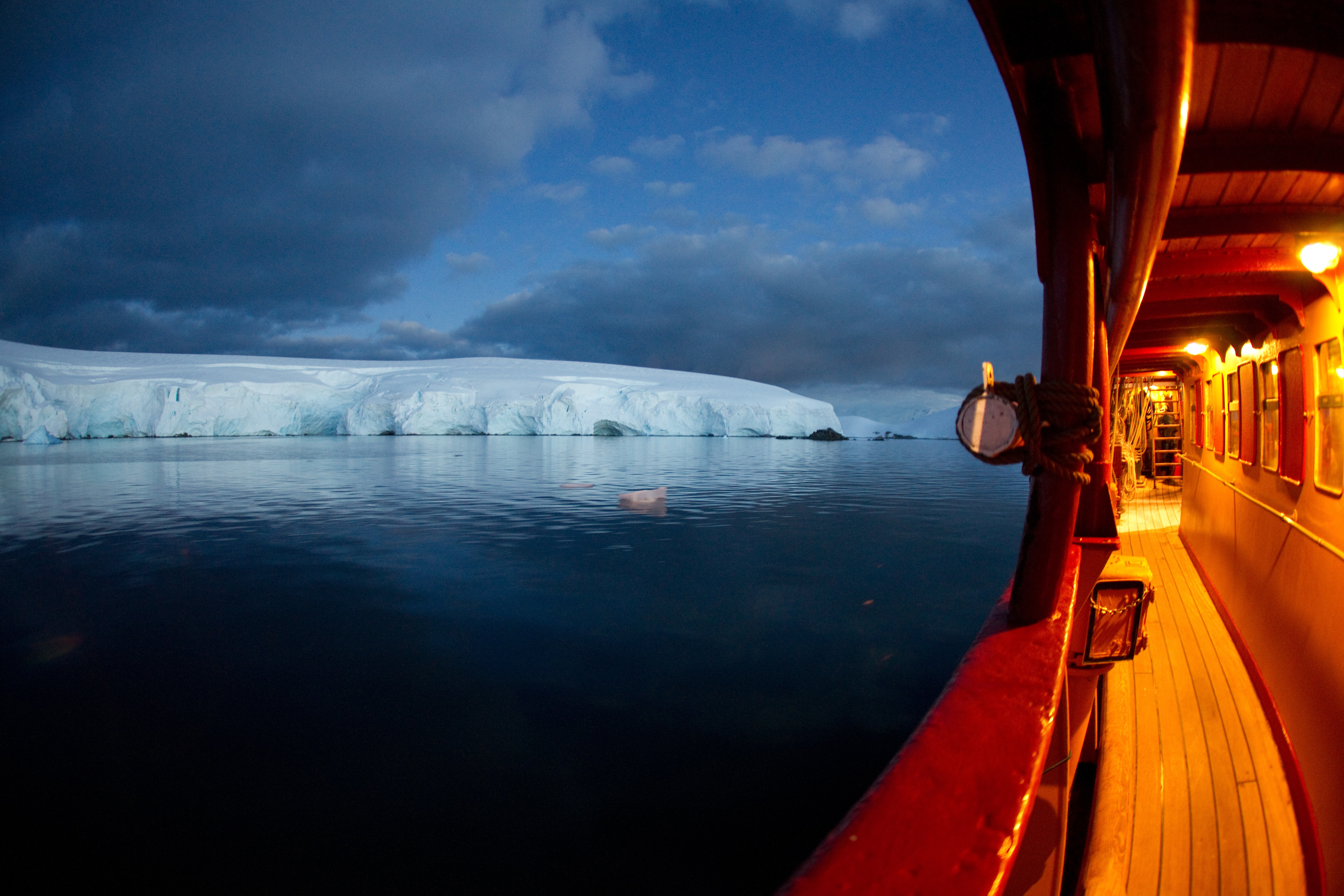
About Antarctic Peninsula
Remote and otherworldly, Antarctic is irresistible for its spectacular iceberg sculptures and calving glaciers, and for the possibility of up-close encounters with marine mammals and the iconic penguins. The Antarctic Peninsula – the main peninsula closest to South America – has a human history of almost 200 years, with explorers, sealers, whalers, and scientists who have come to work, and eventually intrepid visitors coming to enjoy this pristine and remote wilderness. It is a region of protected bays, unscaled snow-capped mountains, vast glaciers and a few places where whalers or scientists have worked. Just as irresistible are the many Gentoo and Chinstrap Penguin colonies, the seals basking on ice floes, the whales and orcas.



About Antarctic Peninsula
Remote and otherworldly, Antarctic is irresistible for its spectacular iceberg sculptures and calving glaciers, and for the possibility of up-close encounters with marine mammals and the iconic penguins. The Antarctic Peninsula – the main peninsula closest to South America – has a human history of almost 200 years, with explorers, sealers, whalers, and scientists who have come to work, and eventually intrepid visitors coming to enjoy this pristine and remote wilderness. It is a region of protected bays, unscaled snow-capped mountains, vast glaciers and a few places where whalers or scientists have worked. Just as irresistible are the many Gentoo and Chinstrap Penguin colonies, the seals basking on ice floes, the whales and orcas.



About Antarctic Peninsula
Remote and otherworldly, Antarctic is irresistible for its spectacular iceberg sculptures and calving glaciers, and for the possibility of up-close encounters with marine mammals and the iconic penguins. The Antarctic Peninsula – the main peninsula closest to South America – has a human history of almost 200 years, with explorers, sealers, whalers, and scientists who have come to work, and eventually intrepid visitors coming to enjoy this pristine and remote wilderness. It is a region of protected bays, unscaled snow-capped mountains, vast glaciers and a few places where whalers or scientists have worked. Just as irresistible are the many Gentoo and Chinstrap Penguin colonies, the seals basking on ice floes, the whales and orcas.



About Antarctic Peninsula
Remote and otherworldly, Antarctic is irresistible for its spectacular iceberg sculptures and calving glaciers, and for the possibility of up-close encounters with marine mammals and the iconic penguins. The Antarctic Peninsula – the main peninsula closest to South America – has a human history of almost 200 years, with explorers, sealers, whalers, and scientists who have come to work, and eventually intrepid visitors coming to enjoy this pristine and remote wilderness. It is a region of protected bays, unscaled snow-capped mountains, vast glaciers and a few places where whalers or scientists have worked. Just as irresistible are the many Gentoo and Chinstrap Penguin colonies, the seals basking on ice floes, the whales and orcas.



About Antarctic Peninsula
Remote and otherworldly, Antarctic is irresistible for its spectacular iceberg sculptures and calving glaciers, and for the possibility of up-close encounters with marine mammals and the iconic penguins. The Antarctic Peninsula – the main peninsula closest to South America – has a human history of almost 200 years, with explorers, sealers, whalers, and scientists who have come to work, and eventually intrepid visitors coming to enjoy this pristine and remote wilderness. It is a region of protected bays, unscaled snow-capped mountains, vast glaciers and a few places where whalers or scientists have worked. Just as irresistible are the many Gentoo and Chinstrap Penguin colonies, the seals basking on ice floes, the whales and orcas.



About Ushuaia
At 55 degrees latitude south, Ushuaia (pronounced oo-swy-ah) is closer to the South Pole than to Argentina's northern border with Bolivia. It is the capital and tourism base for Tierra del Fuego, the island at the southernmost tip of Argentina.Although its stark physical beauty is striking, Tierra del Fuego's historical allure is based more on its mythical past than on rugged reality. The island was inhabited for 6,000 years by Yámana, Haush, Selk'nam, and Alakaluf Indians. But in 1902 Argentina, eager to populate Patagonia to bolster its territorial claims, moved to initiate an Ushuaian penal colony, establishing the permanent settlement of its most southern territories and, by implication, everything in between.When the prison closed in 1947, Ushuaia had a population of about 3,000, made up mainly of former inmates and prison staff. Today the Indians of Darwin's "missing link" theory are long gone—wiped out by diseases brought by settlers and by indifference to their plight—and the 60,000 residents of Ushuaia are hitching their star to tourism.The city rightly (if perhaps too loudly) promotes itself as the southernmost city in the world (Puerto Williams, a few miles south on the Chilean side of the Beagle Channel, is a small town). You can make your way to the tourism office to get your clichéd, but oh-so-necessary, "Southernmost City in the World" passport stamp. Ushuaia feels like a frontier boomtown, at heart still a rugged, weather-beaten fishing village, but exhibiting the frayed edges of a city that quadrupled in size in the '70s and '80s and just keeps growing. Unpaved portions of Ruta 3, the last stretch of the Pan-American Highway, which connects Alaska to Tierra del Fuego, are finally being paved. The summer months (December through March) draw more than 120,000 visitors, and dozens of cruise ships. The city is trying to extend those visits with events like March's Marathon at the End of the World and by increasing the gamut of winter activities buoyed by the excellent snow conditions.A terrific trail winds through the town up to the Martial Glacier, where a ski lift can help cut down a steep kilometer of your journey. The chaotic and contradictory urban landscape includes a handful of luxury hotels amid the concrete of public housing projects. Scores of "sled houses" (wooden shacks) sit precariously on upright piers, ready for speedy displacement to a different site. But there are also many small, picturesque homes with tiny, carefully tended gardens. Many of the newer homes are built in a Swiss-chalet style, reinforcing the idea that this is a town into which tourism has breathed new life. At the same time, the weather-worn pastel colors that dominate the town's landscape remind you that Ushuaia was once just a tiny fishing village, snuggled at the end of the Earth.As you stand on the banks of the Canal Beagle (Beagle Channel) near Ushuaia, the spirit of the farthest corner of the world takes hold. What stands out is the light: at sundown the landscape is cast in a subdued, sensual tone; everything feels closer, softer, and more human in dimension despite the vastness of the setting. The snowcapped mountains reflect the setting sun back onto a stream rolling into the channel, as nearby peaks echo their image—on a windless day—in the still waters.Above the city rise the last mountains of the Andean Cordillera, and just south and west of Ushuaia they finally vanish into the often-stormy sea. Snow whitens the peaks well into summer. Nature is the principal attraction here, with trekking, fishing, horseback riding, wildlife spotting, and sailing among the most rewarding activities, especially in the Parque Nacional Tierra del Fuego (Tierra del Fuego National Park).



About Ushuaia
At 55 degrees latitude south, Ushuaia (pronounced oo-swy-ah) is closer to the South Pole than to Argentina's northern border with Bolivia. It is the capital and tourism base for Tierra del Fuego, the island at the southernmost tip of Argentina.Although its stark physical beauty is striking, Tierra del Fuego's historical allure is based more on its mythical past than on rugged reality. The island was inhabited for 6,000 years by Yámana, Haush, Selk'nam, and Alakaluf Indians. But in 1902 Argentina, eager to populate Patagonia to bolster its territorial claims, moved to initiate an Ushuaian penal colony, establishing the permanent settlement of its most southern territories and, by implication, everything in between.When the prison closed in 1947, Ushuaia had a population of about 3,000, made up mainly of former inmates and prison staff. Today the Indians of Darwin's "missing link" theory are long gone—wiped out by diseases brought by settlers and by indifference to their plight—and the 60,000 residents of Ushuaia are hitching their star to tourism.The city rightly (if perhaps too loudly) promotes itself as the southernmost city in the world (Puerto Williams, a few miles south on the Chilean side of the Beagle Channel, is a small town). You can make your way to the tourism office to get your clichéd, but oh-so-necessary, "Southernmost City in the World" passport stamp. Ushuaia feels like a frontier boomtown, at heart still a rugged, weather-beaten fishing village, but exhibiting the frayed edges of a city that quadrupled in size in the '70s and '80s and just keeps growing. Unpaved portions of Ruta 3, the last stretch of the Pan-American Highway, which connects Alaska to Tierra del Fuego, are finally being paved. The summer months (December through March) draw more than 120,000 visitors, and dozens of cruise ships. The city is trying to extend those visits with events like March's Marathon at the End of the World and by increasing the gamut of winter activities buoyed by the excellent snow conditions.A terrific trail winds through the town up to the Martial Glacier, where a ski lift can help cut down a steep kilometer of your journey. The chaotic and contradictory urban landscape includes a handful of luxury hotels amid the concrete of public housing projects. Scores of "sled houses" (wooden shacks) sit precariously on upright piers, ready for speedy displacement to a different site. But there are also many small, picturesque homes with tiny, carefully tended gardens. Many of the newer homes are built in a Swiss-chalet style, reinforcing the idea that this is a town into which tourism has breathed new life. At the same time, the weather-worn pastel colors that dominate the town's landscape remind you that Ushuaia was once just a tiny fishing village, snuggled at the end of the Earth.As you stand on the banks of the Canal Beagle (Beagle Channel) near Ushuaia, the spirit of the farthest corner of the world takes hold. What stands out is the light: at sundown the landscape is cast in a subdued, sensual tone; everything feels closer, softer, and more human in dimension despite the vastness of the setting. The snowcapped mountains reflect the setting sun back onto a stream rolling into the channel, as nearby peaks echo their image—on a windless day—in the still waters.Above the city rise the last mountains of the Andean Cordillera, and just south and west of Ushuaia they finally vanish into the often-stormy sea. Snow whitens the peaks well into summer. Nature is the principal attraction here, with trekking, fishing, horseback riding, wildlife spotting, and sailing among the most rewarding activities, especially in the Parque Nacional Tierra del Fuego (Tierra del Fuego National Park).



About Buenos Aires
Glamorous and gritty, Buenos Aires is two cities in one. What makes Argentina's capital so fascinating is its dual heritage—part European, part Latin American. Plaza de Mayo resembles a grand square in Madrid, and the ornate Teatro Colón would not be out of place in Vienna. But you’ll know you’re in South America by the leather shoes for sale on cobbled streets and impromptu parades of triumphant soccer fans. Limited-production wines, juicy steaks, and ice cream in countless flavors are among the old-world imports the city has perfected.



Handcrafted and extraordinary in every way, our Owner’s Penthouse Suites are the ultimate indulgence. Boasting the best views on board, a private spa pool on the spacious terrace, dedicated lounge and dining area, a super-sized bathroom with dual vitality mist showers, and a personalised butler service, it’s a once-in-a-lifetime experience.
Suite Features
At an enormous 195m² in size, the Owner’s Penthouse Suites are located on Deck 9.
Suite names and amenities are the same across both Scenic Eclipse and Scenic Eclipse II, however, both have been thoughtfully curated to suit the cruising experience of these ships.
Spacious Terrace & Pool
Your curved terrace, complete with a personal private spa pool and sun loungers, is the perfect place to indulge in ultra-luxury relaxation.
Super-sized Bathroom
Featuring a super-sized bathroom, your relaxation and comfort are enhanced with a dual steam shower, therapeutic spa bath and guest powder room with dual vanity.
Priority Reservations & Embarkation
Guests in our Owner’s Penthouse Suite will enjoy the privilege of priority dining in the specialty restaurants as well as priority choice of Scenic Freechoice, Scenic Discovery, helicopter^ and submersible^ excursions. VIP embarkation and disembarkation are standard inclusions at the start and finish of your cruise.
Amenities & Features
- Spacious terrace with lounge area, sun loungers and private spa pool
- Spa Day Bed - transforming for in-suite private spa experience
- A separate bedroom with luxury king-size Scenic Slumber Bed and his and hers walk-in wardrobe
- Personalised butler service
- Therapeutic spa bath
- Dual vitality mist shower with colour light therapy
- Guest powder room, dual vanity, VIP amenities and Dyson hairdryer
- Walk-in robe
- In-suite dining with seating for up to eight guests
- A full complimentary mini-bar stocked with wines, Champagnes and spirits personalised to your preference, including illy coffee and specialty teas re-stocked daily
- Canapes and petite fours delivered to your suite
- Complimentary laundry service~
- Guaranteed dining reservations
- Priority choice of shore excursions
- VIP embarkation and disembarkation
- Advanced Heating, Ventilation and Air-Conditioning system (HVAC) provides 100% fresh air
- The highest sound insulation as per the marine class society Bureau Veritas
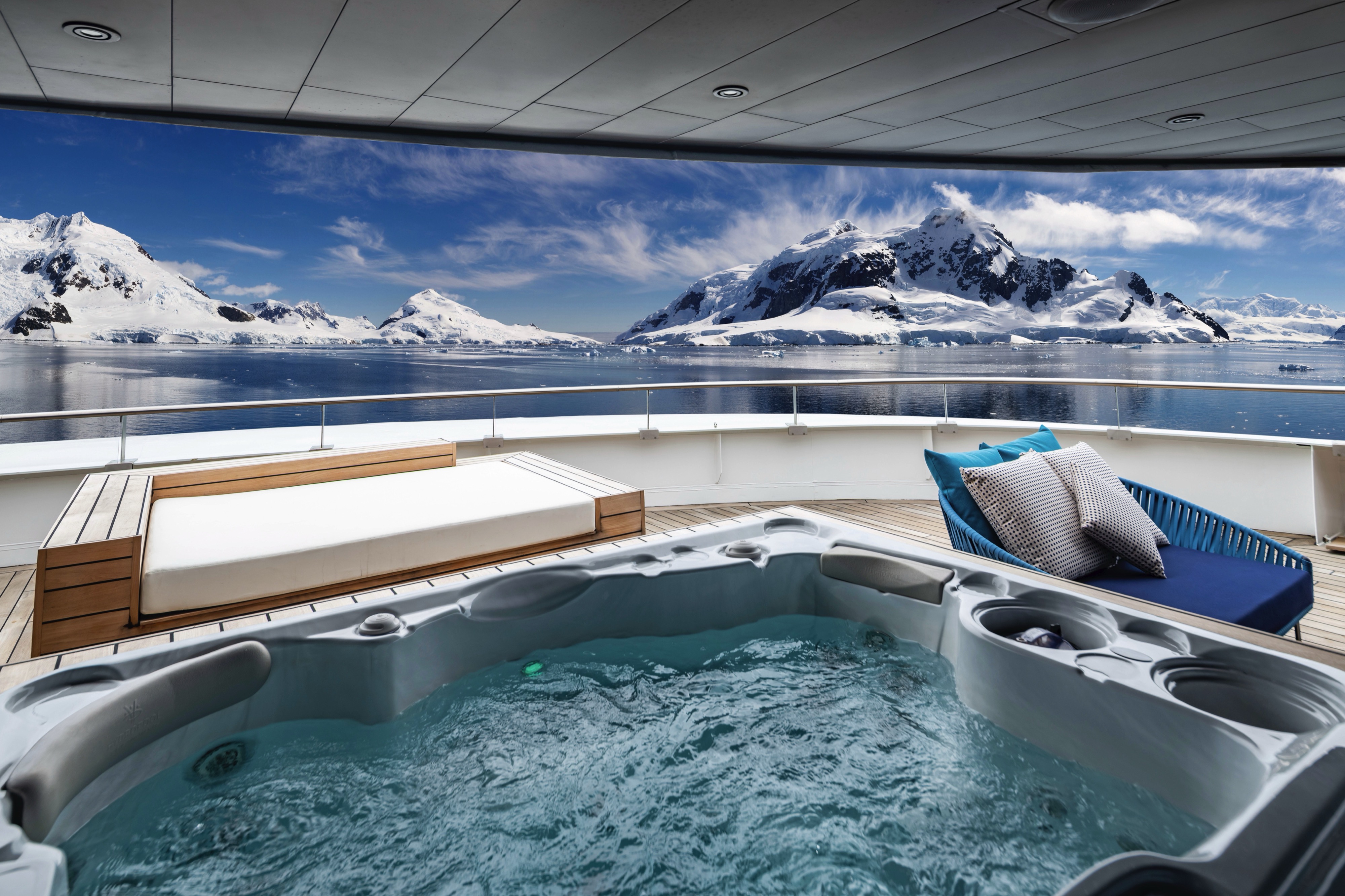
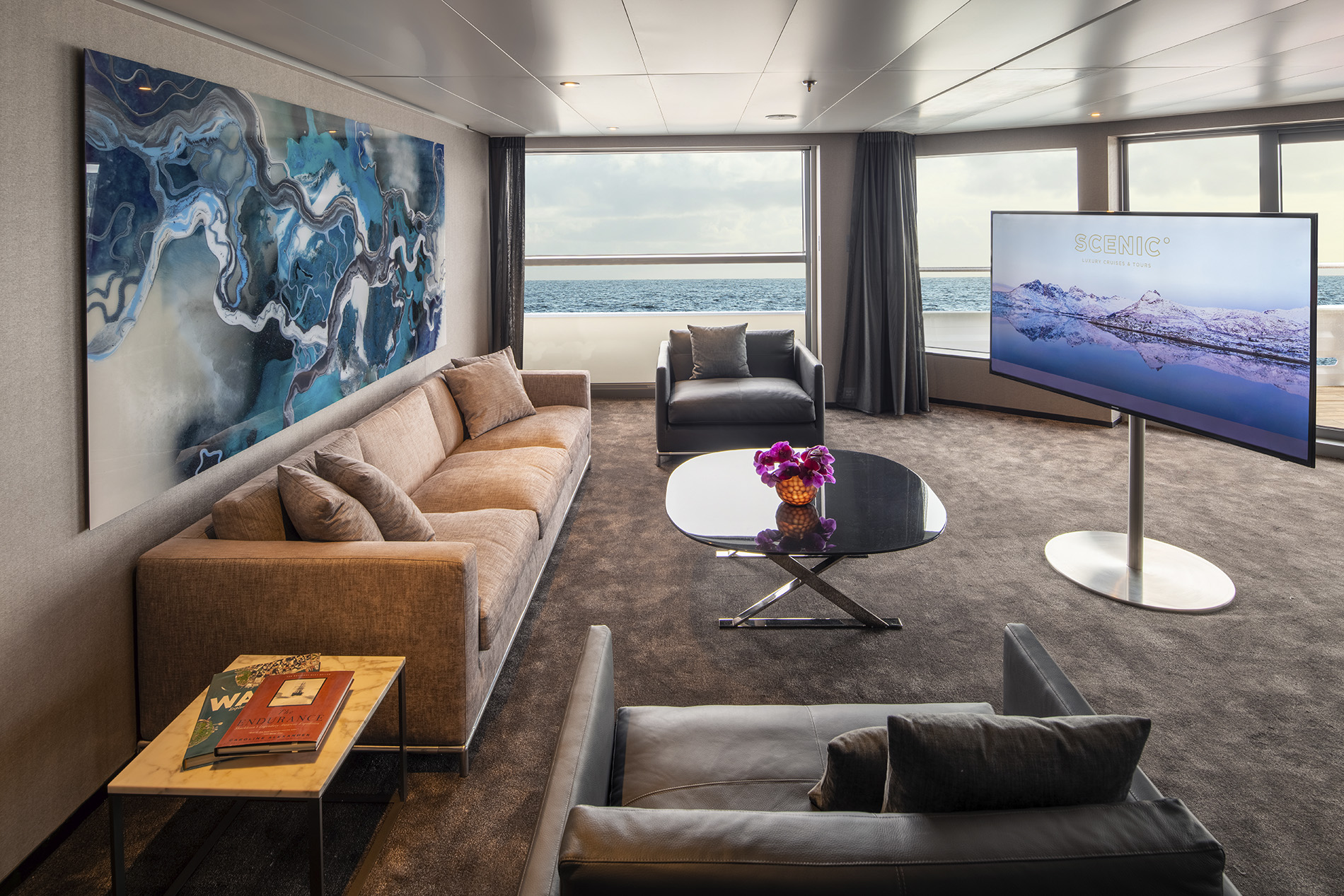
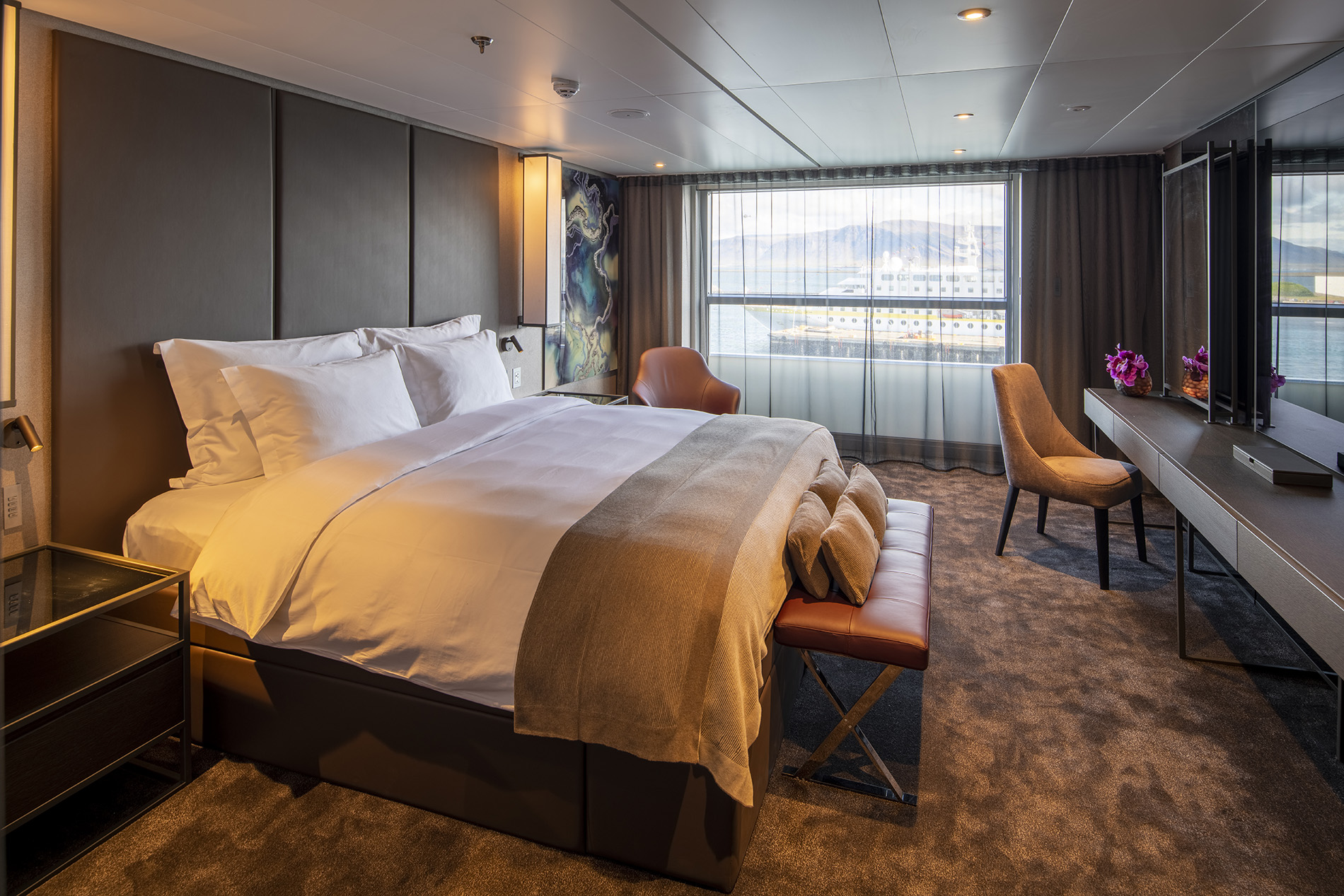

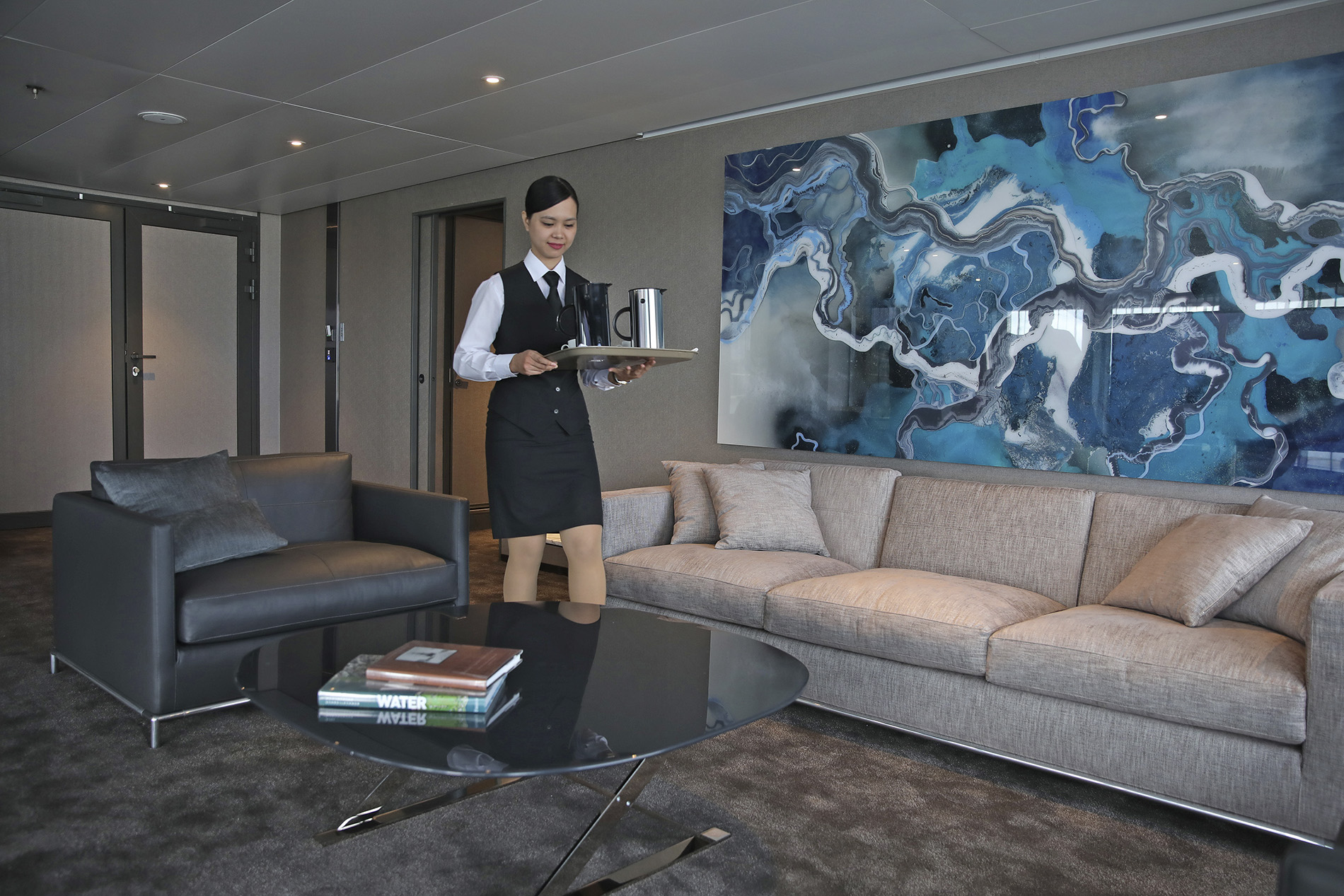

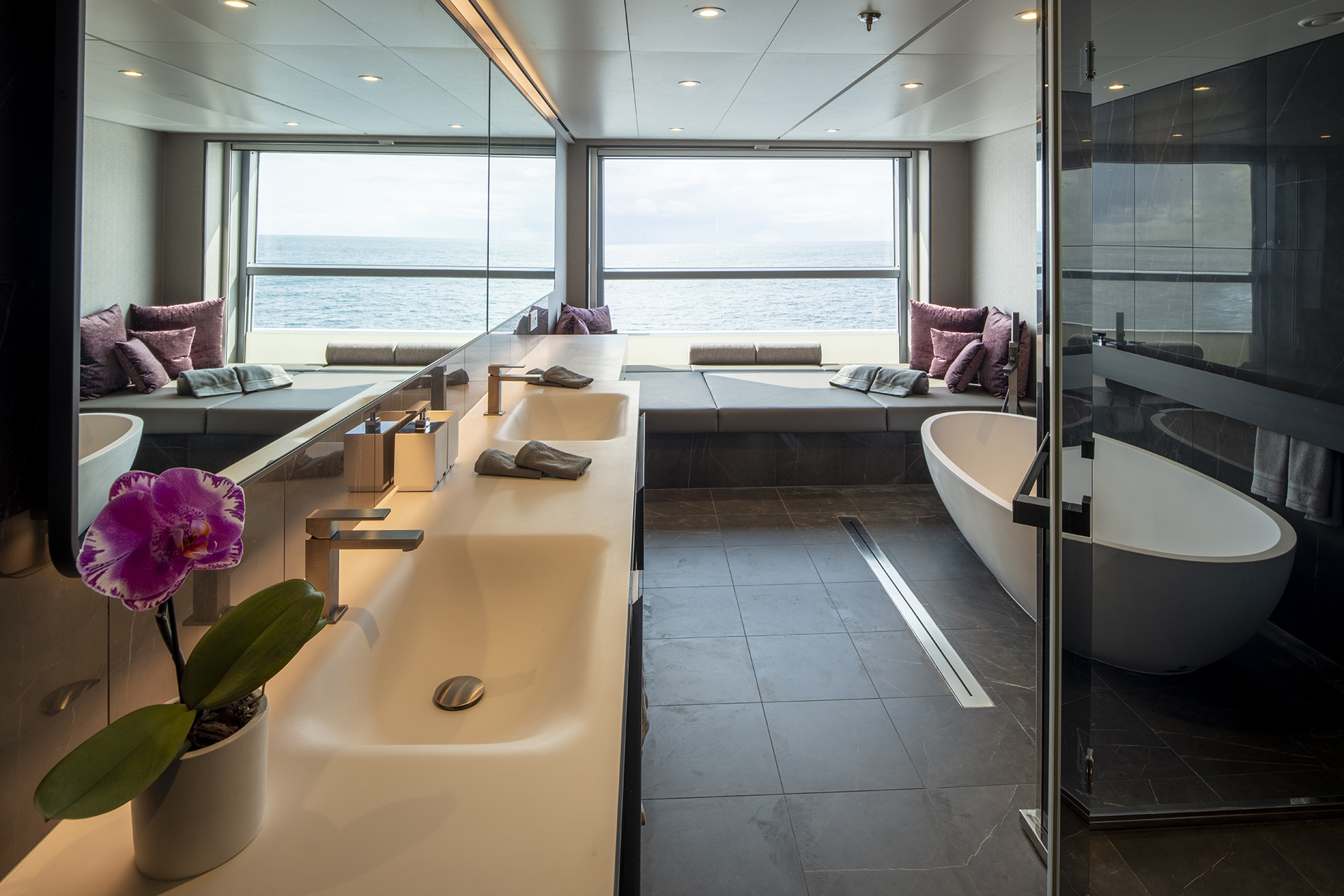
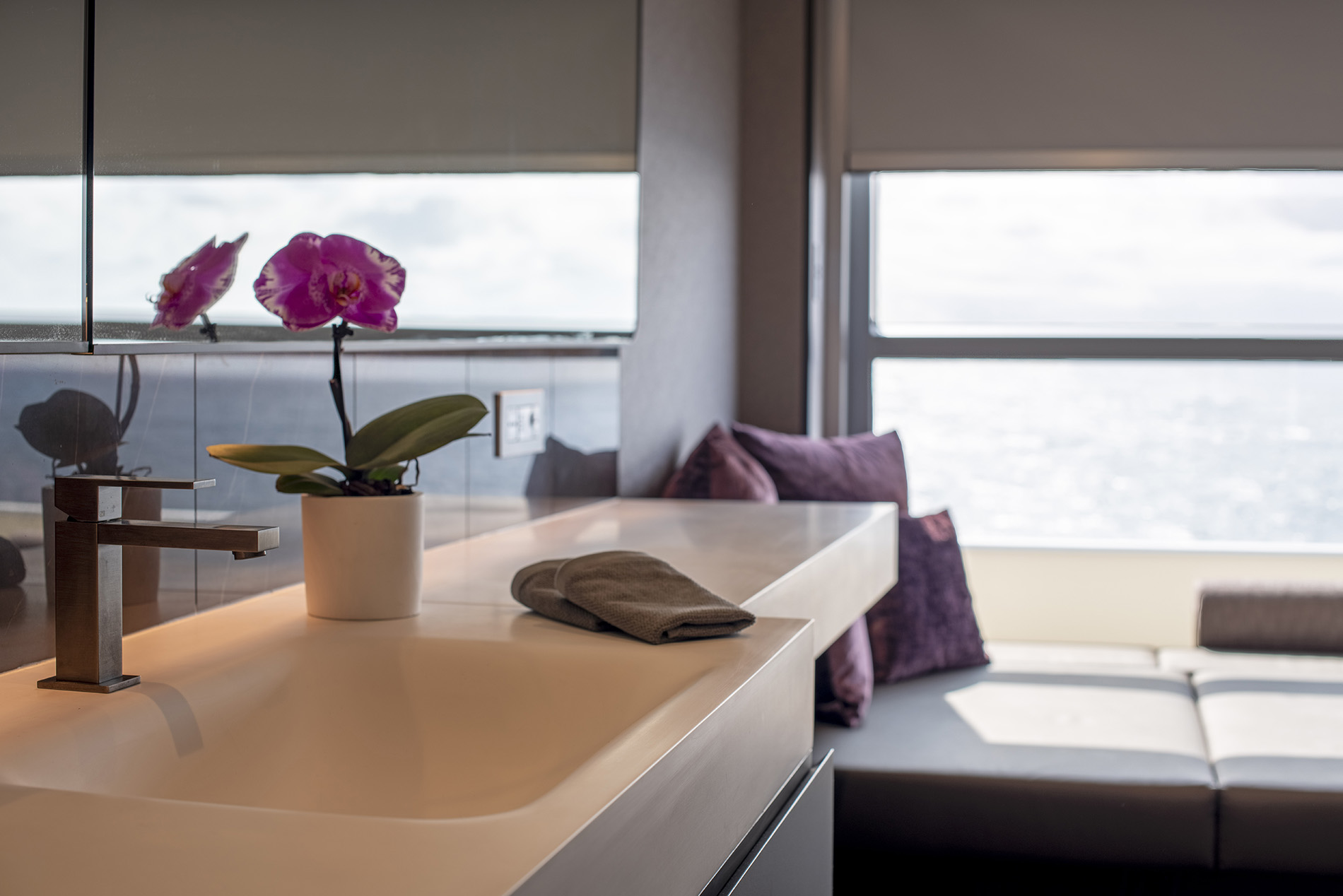
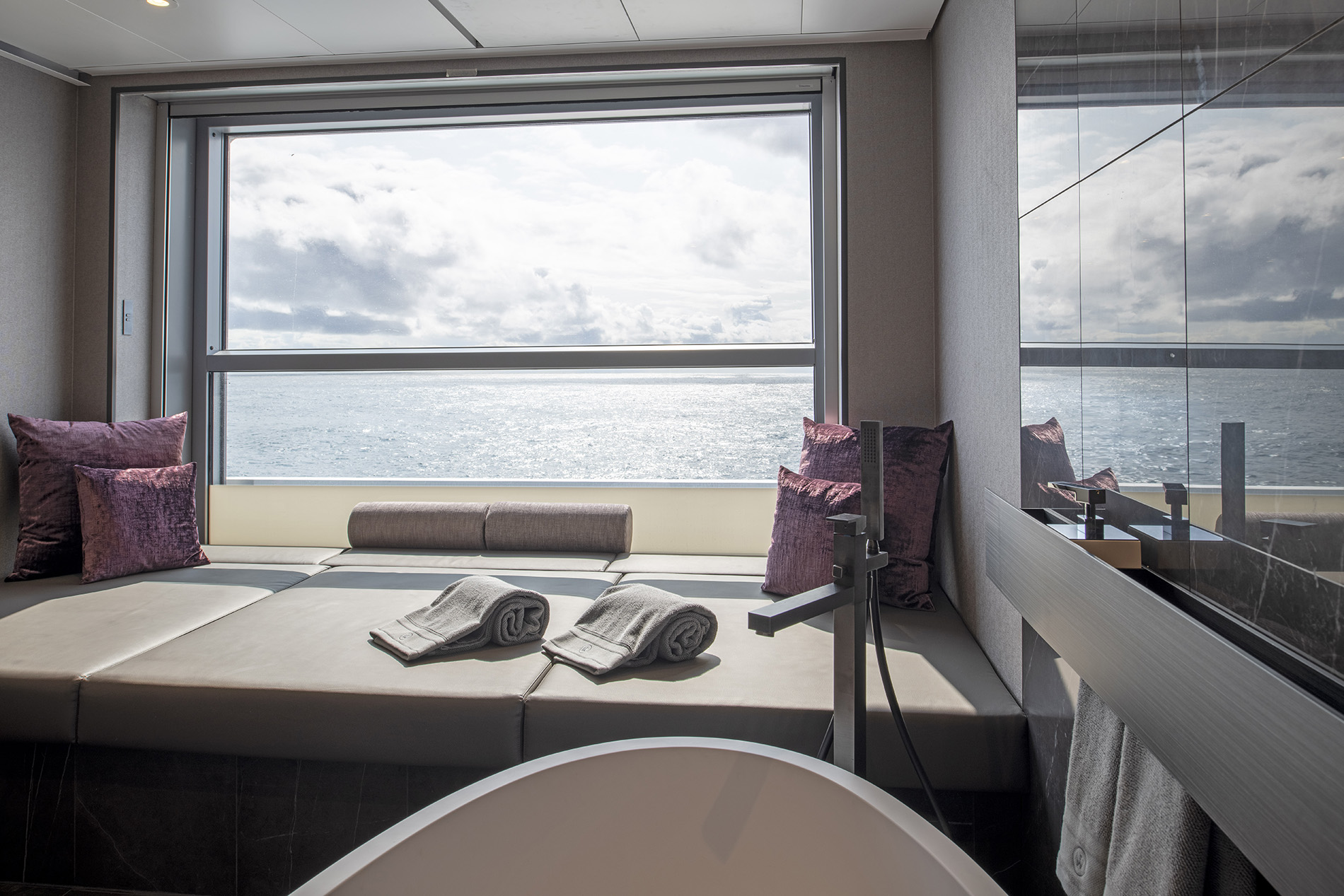
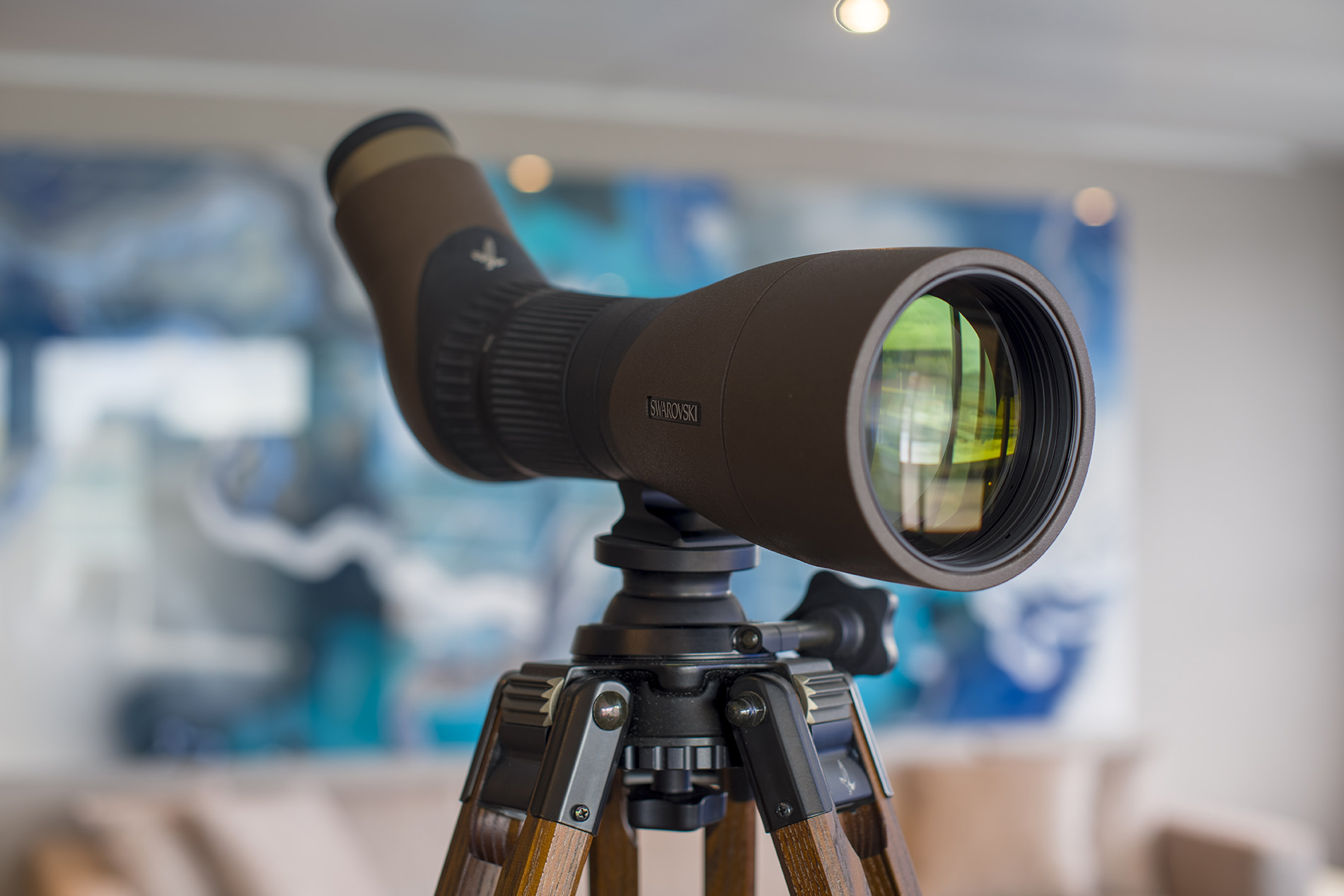
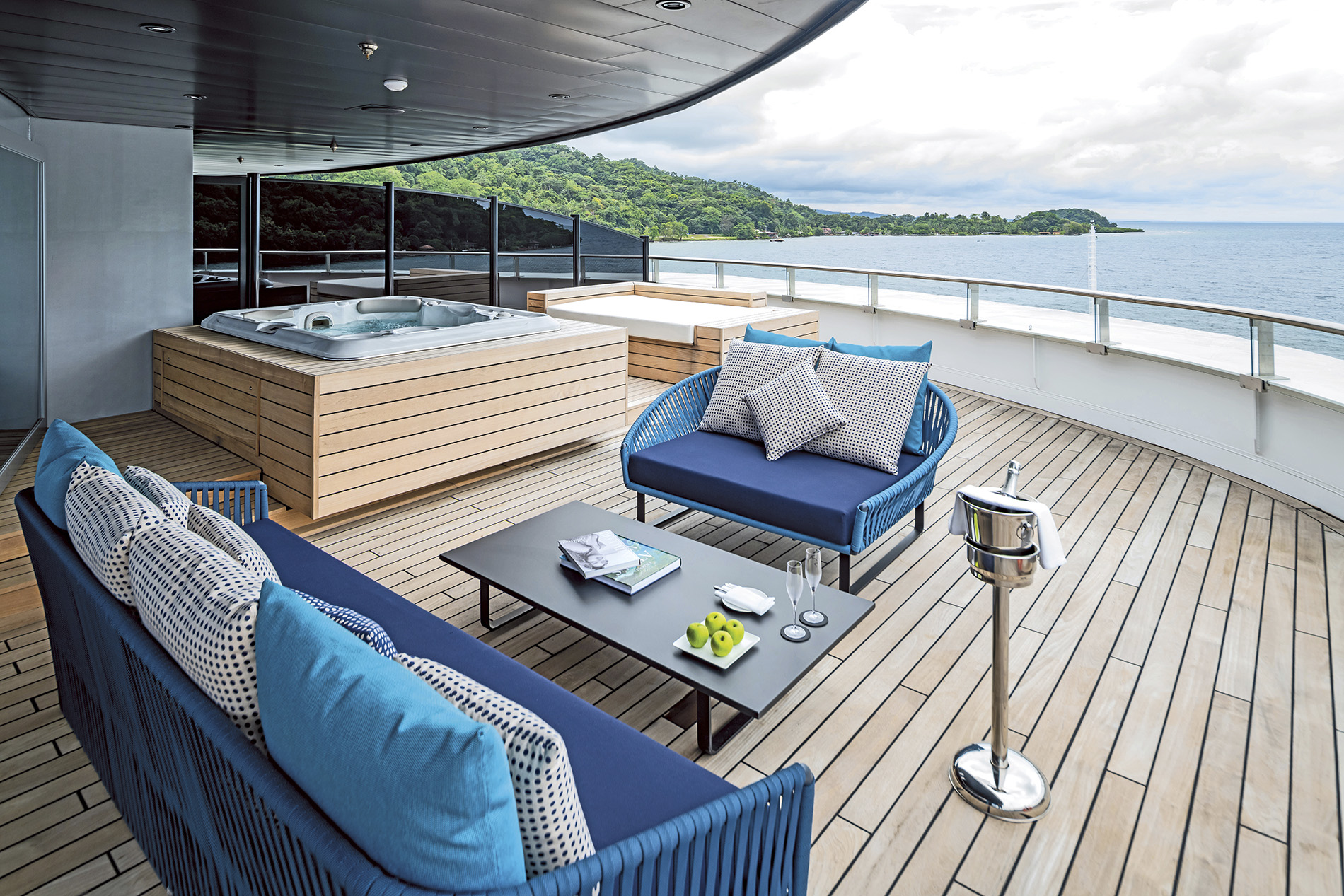
Marvel at incredible panoramic seascapes from the front of Scenic Eclipse as you relax on your spacious terrace in our luxurious Panorama Suites.
Located on Deck 6 and 8 at the front of the Discovery Yacht and overlooking the bow, these remarkable suites feature a spacious curved terrace, perfect for marvelling at incredible wildlife and landscapes.
Suite Features
Ranging in size from 105-110m², grandeur and style are taken to a whole new level in our Panorama and Grand Panorama Suites.
Suite names and amenities are the same across both Scenic Eclipse and Scenic Eclipse II, however, both have been thoughtfully curated to suit the cruising experience of these ships.
Separate Lounge & Bedroom
These grand suites include a host of special features and services. Curl up in your lounge with a kindle e-book from your in-suite library and sip your favourite aperitif, personally delivered by your butler. All before enjoying an intimate dining experience, in the plush and private surroundings of your suite. Even from the comfort of your bedroom, you’ll never miss a photo opportunity – accessing the outside world through your drop-down balcony window, with the gentle touch of a button, and with your in-suite binoculars.
Spacious Terrace
Your curved terrace is the perfect place to relax on a sun lounger and be the first to spot wildlife and incredible landscapes.
Luxurious Bathroom
The luxurious Panorama Suite bathrooms feature a vitality mist shower with colour light therapy, full bath, dual vanity, VIP amenities and Dyson hairdryer.
Priority Reservations & Embarkation
Guests in our Panorama Suites will enjoy the privilege of priority dining in the specialty restaurants as well as priority choice of Scenic Freechoice, Scenic Discovery, helicopter^ and submersible^ excursions. VIP embarkation and disembarkation are standard inclusions at the start and finish of your cruise.
Amenities & Features
- Spacious terrace with sun loungers and in-suite binoculars for optimal viewing
- Bedroom suite with luxury king size Scenic Slumber Bed, reading alcove, walk-in robe, desk, ambient lighting options and HDTV
- Spacious bathroom with vitality mist shower with colour light therapy, full bath, dual vanity, VIP amenities and Dyson hairdryer
- Personalised butler service, in-suite beverage and dining service
- Separate lounge and dining area with a four-seat dining table, cinema surround HDTV with Bose® speakers
- A full complementary mini-bar stocked with wines, Champagne and spirits personalised to your preference, including illy coffee and specialty teas re-stocked daily
- Complimentary laundry service~
- Priority dining in specialty restaurants and guaranteed dining reservations
- Priority choice of shore excursions
- VIP embarkation and disembarkation
- Advanced Heating, Ventilation and Air-Conditioning system (HVAC) provides 100% fresh air
- The highest sound insulation as per the marine class society Bureau Veritas

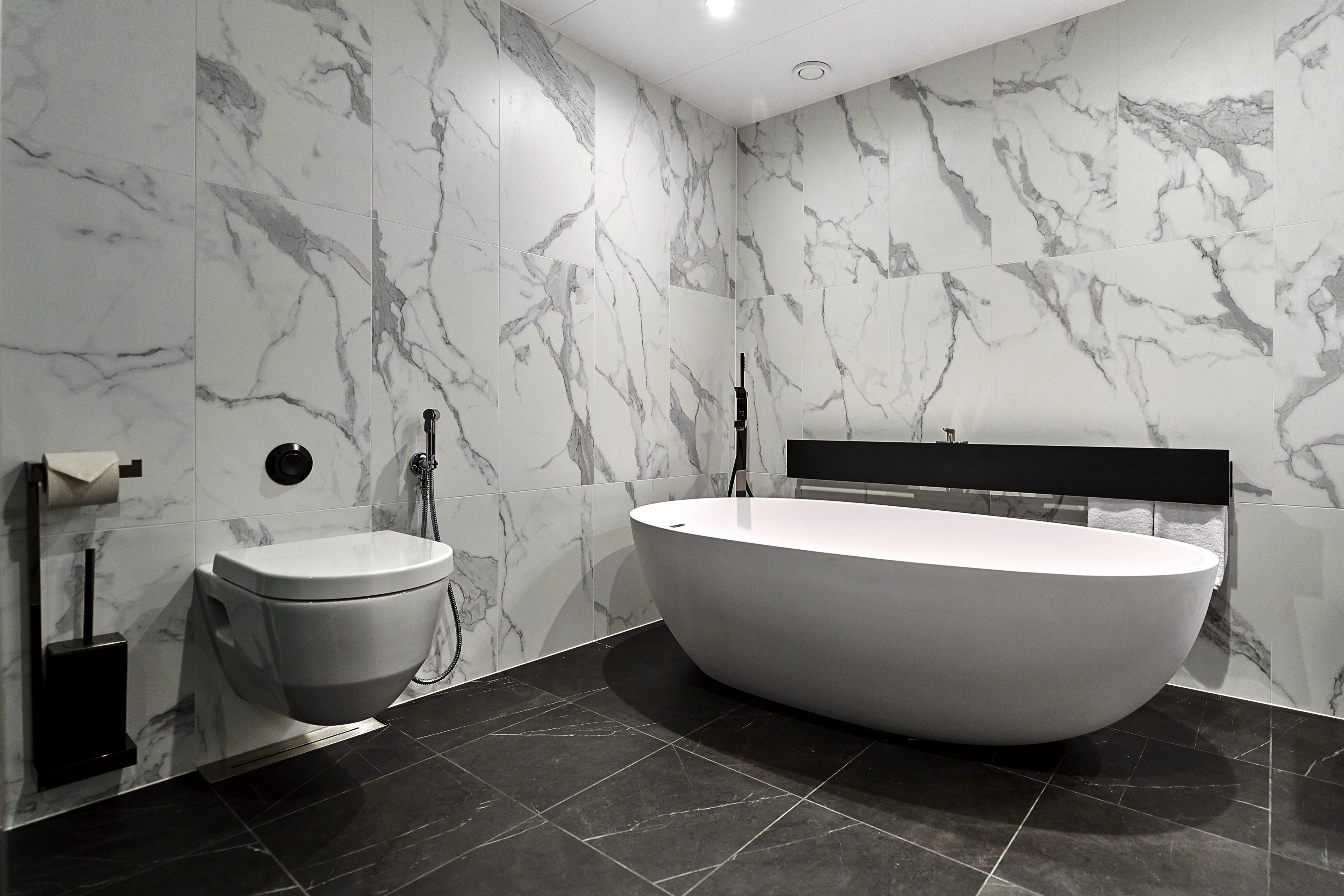

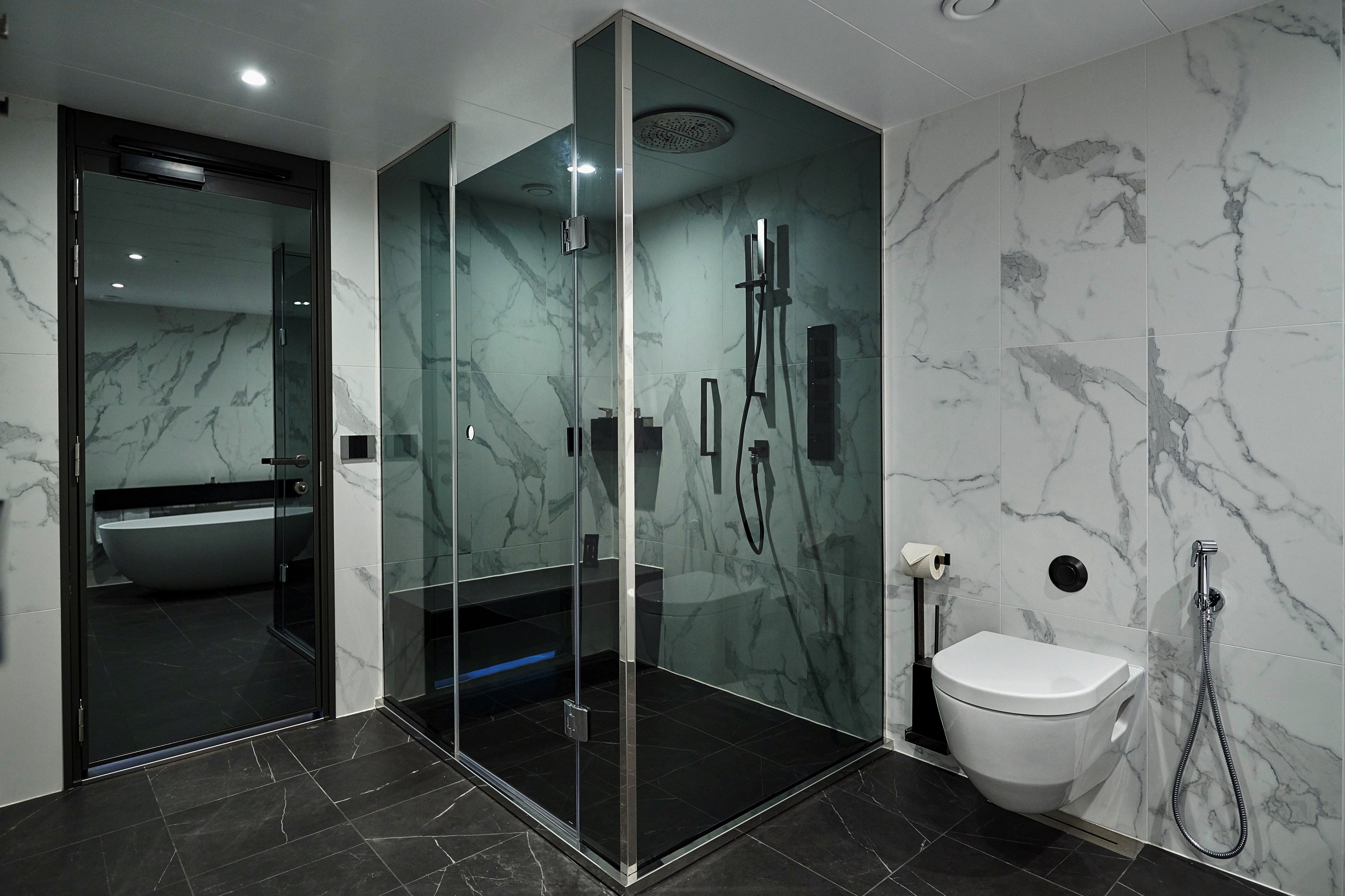
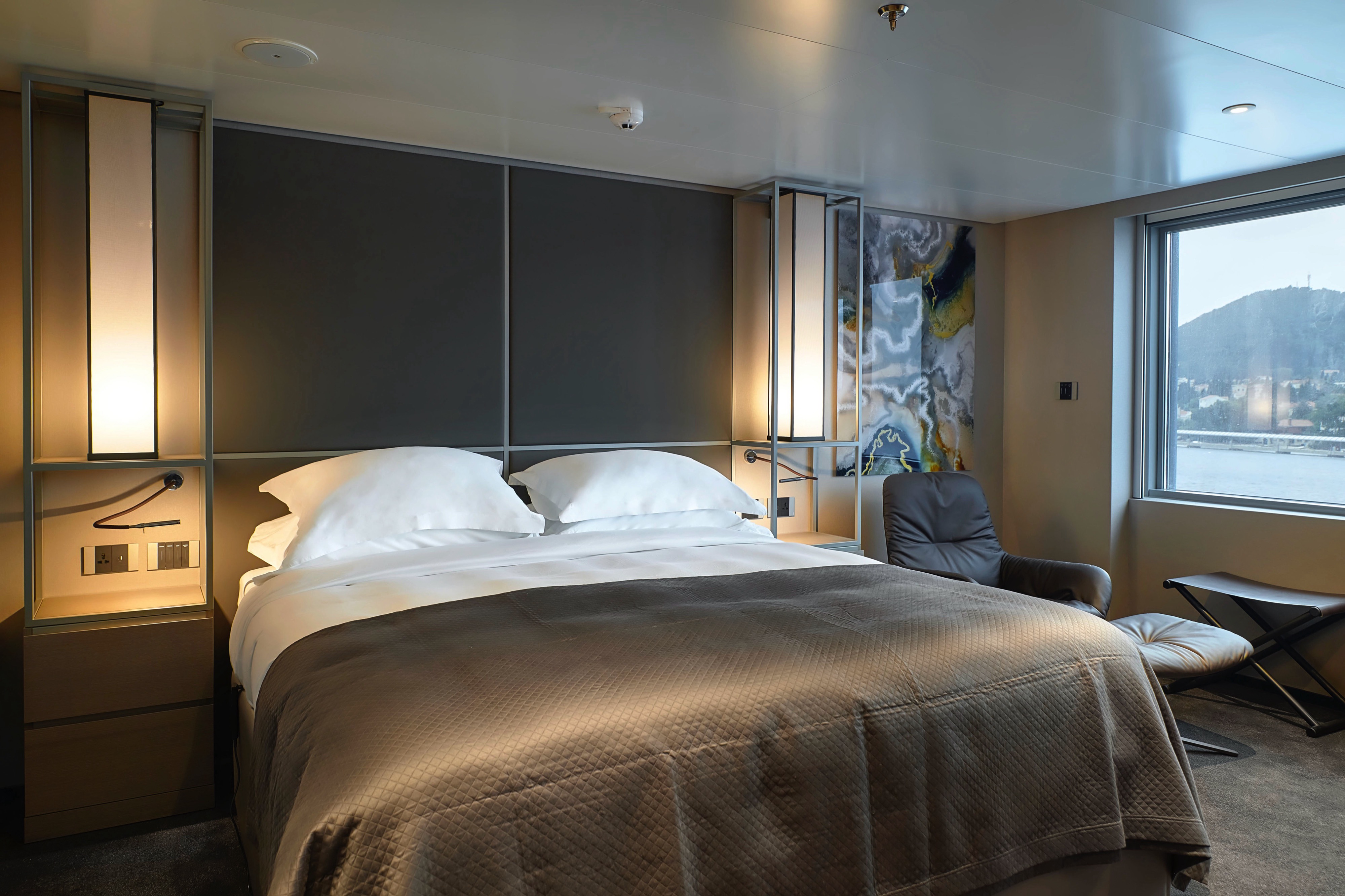
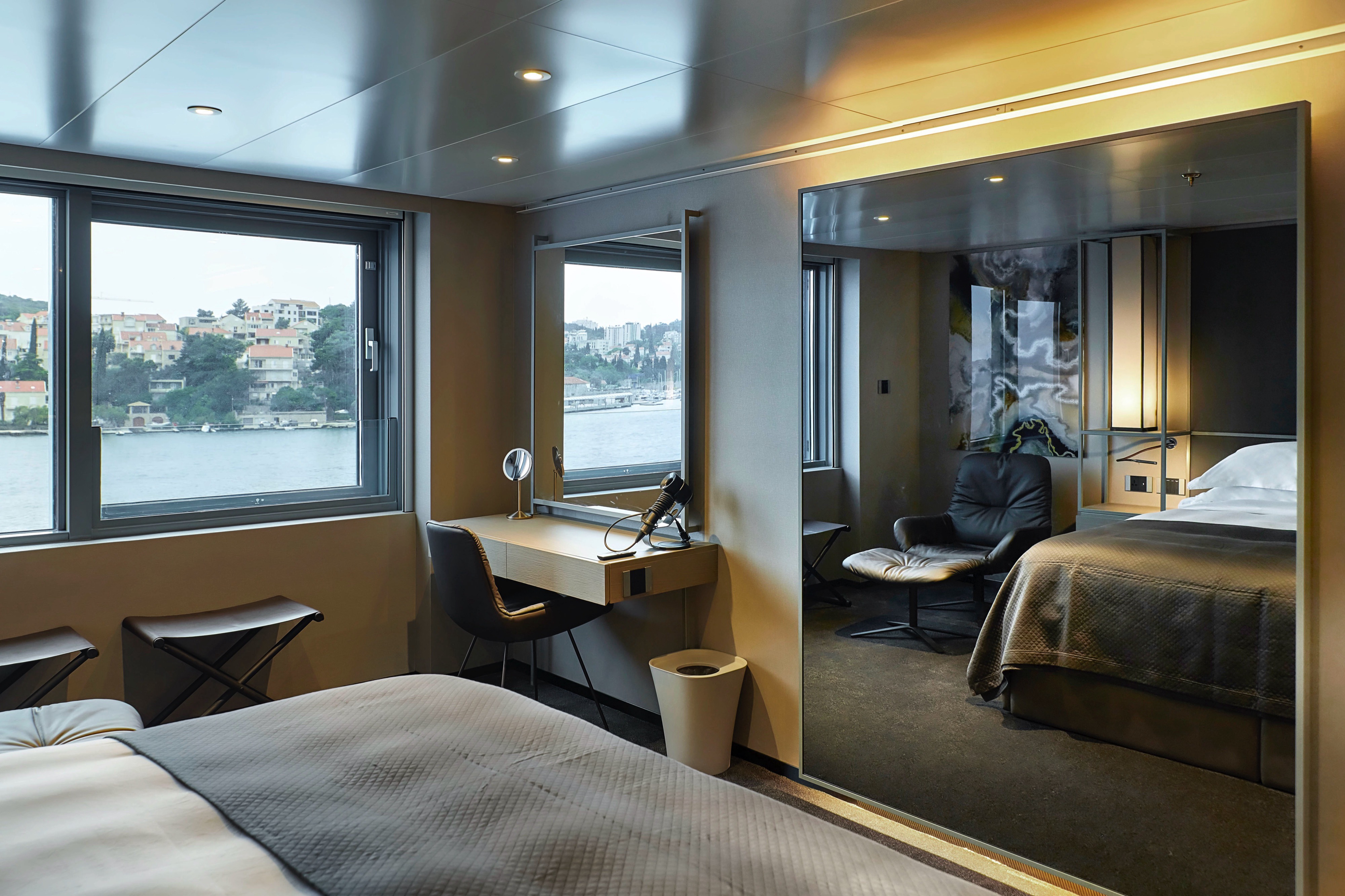
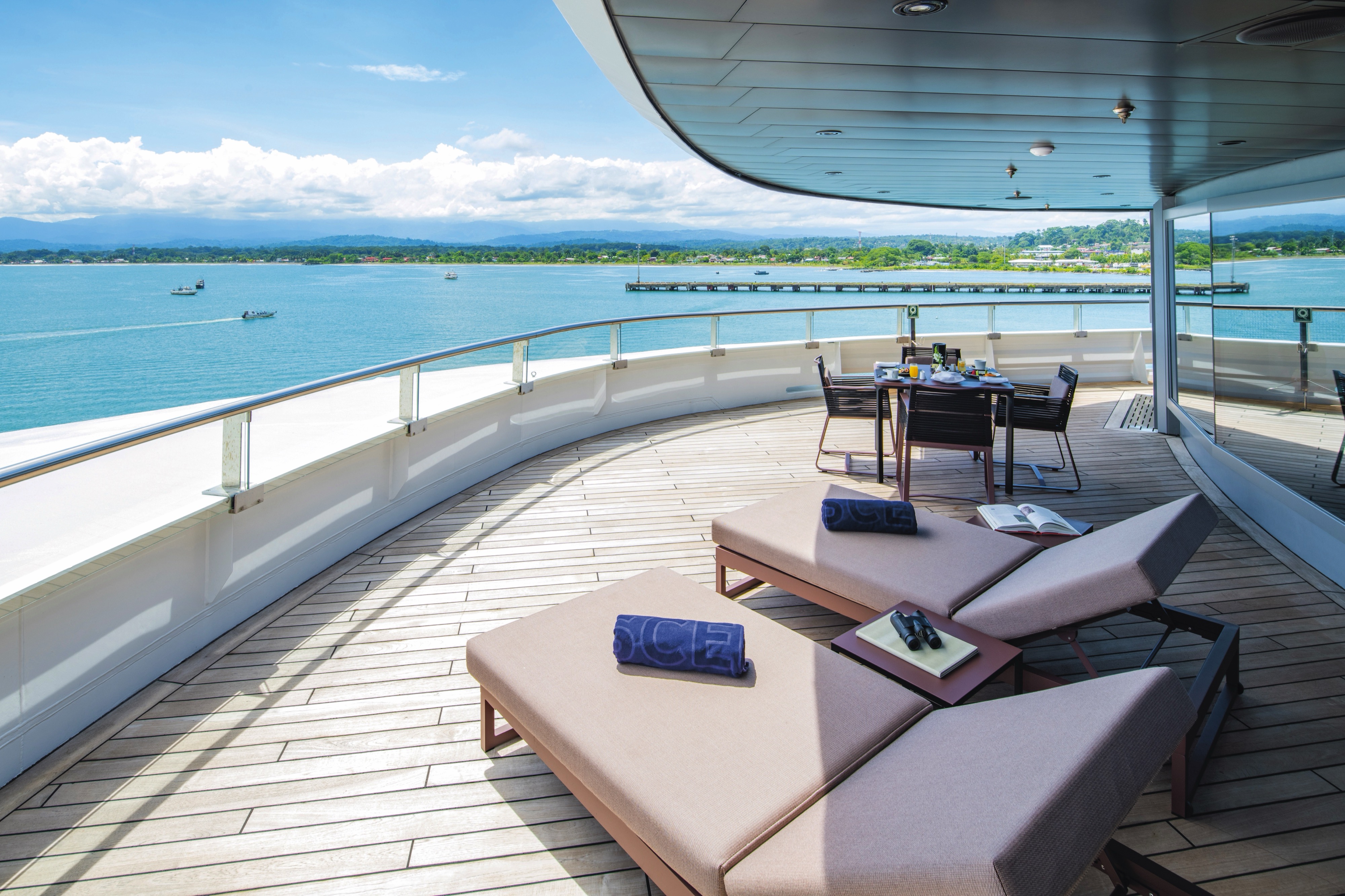
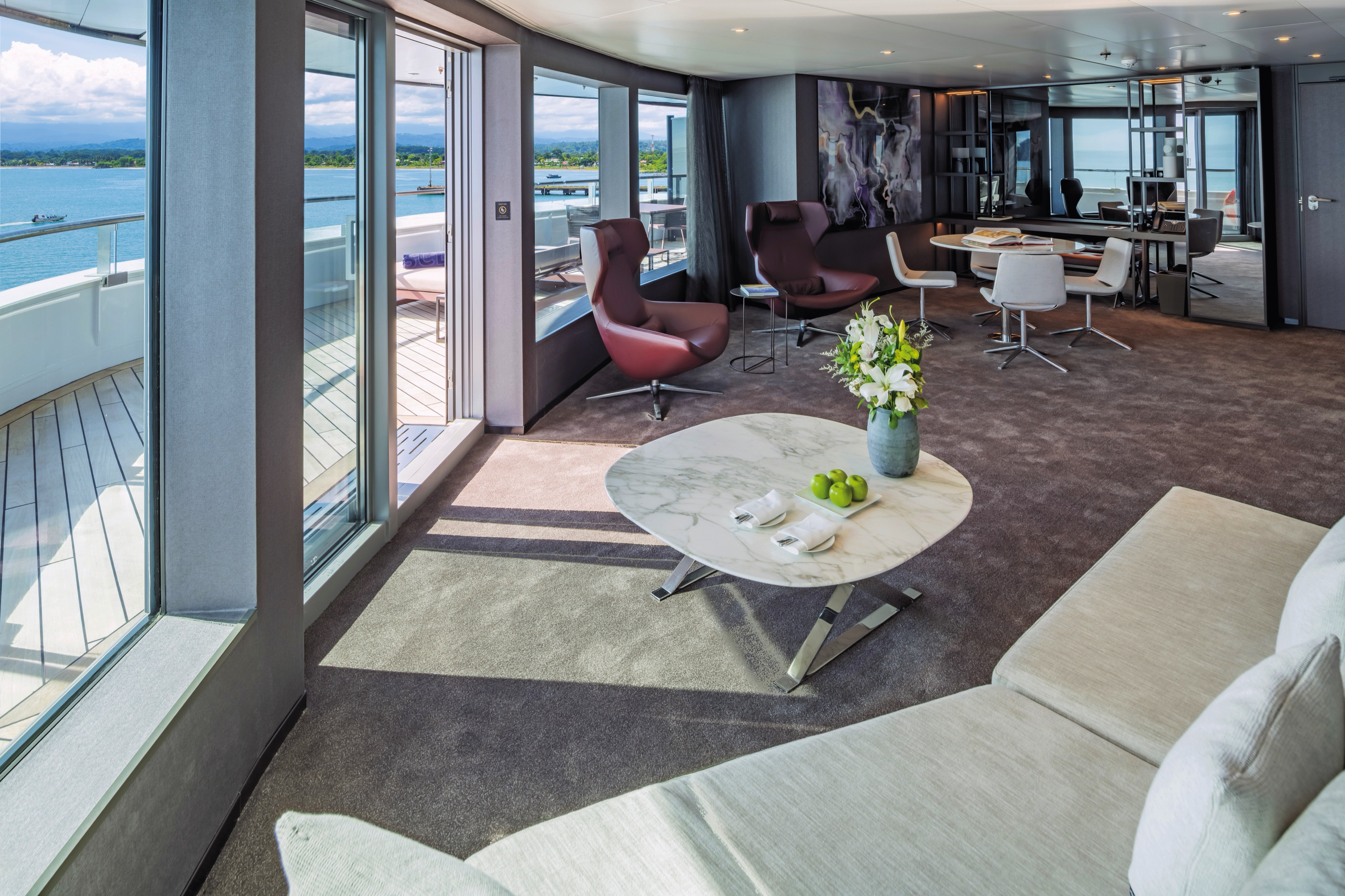
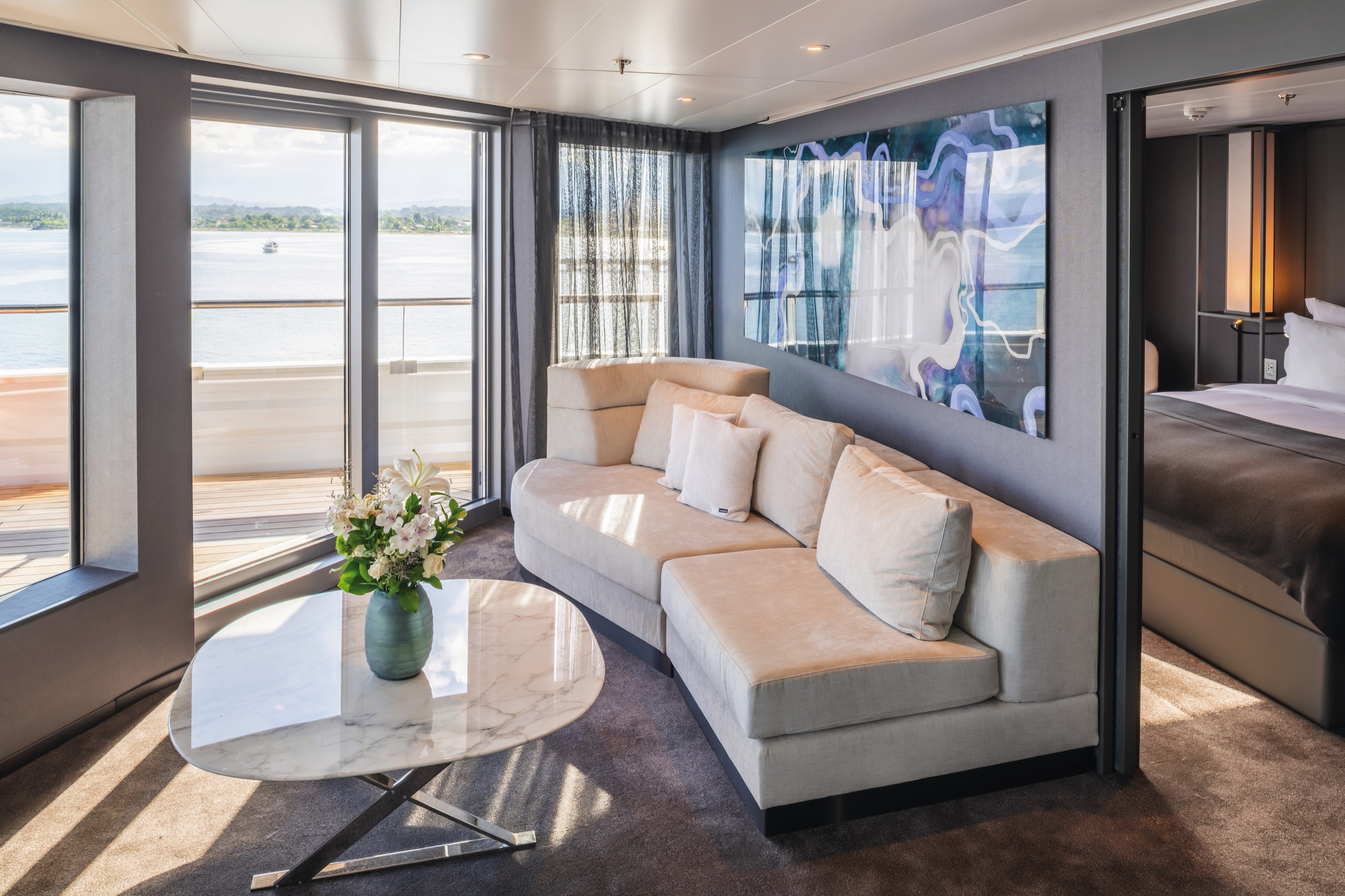
Imagine returning from an exhilarating day of all-inclusive excursions to your private hideaway and relaxing in your luxurious spa bath. Our indulgent Spa Suites will provide the ultimate rejuvenation.
Suite Features
Ranging in size from 46-50m², our Spa Suites are located on Deck 8 and 9.
Suite names and amenities are the same across both Scenic Eclipse and Scenic Eclipse II, however, both have been thoughtfully curated to suit the cruising experience of these ships.
Lounge and Sleeping Area
With a premier location on the higher Decks 8 and 9 and an impressive 46-50m2 in size, our opulent Spa Suites provide the most inviting of ultra-luxury retreats. Featuring a separate sleep zone with a four-poster king-size Scenic Slumber Bed, a lounge area as well as a private verandah, they are the perfect retreat after a day of discovery.
Luxurious Spa
Step into the private sanctuary of your Spa Suite and soak in a steaming bath drawn by your butler. Gaze out over your verandah to the vistas beyond and sip on a glass of Champagne – heaven.
Scenic Eclipse I features the signature double-sized Philippe Starck-designed spa bath, while Scenic Eclipse II offers a luxurious circular spa bath overlooking your verandah. Exclusive to these suites, the baths provide the perfect way to rejuvenate after your day of activities.
There are variations between the Spa Suite configurations on Scenic Eclipse I and II, and these distinctions are subject to the respective ship's specifications and design.
Private Verandah
Your private verandah is the perfect place to unwind. Be immersed in the tranquillity of the sea or be the first to catch sight of wildlife and breathtaking landscapes.
Amenities & Features
- Luxury king-size Scenic Slumber Bed, separate sleeping zone and lounge area with reading chair
- An expansive bathroom with a rectangular spa bath on Scenic Eclipse I and circular spa bath on Scenic Eclipse II
- A steam shower, with oversized head and soothing light therapy
- Dual vanity basins, luxurious amenities and Dyson hairdryer
- Walk-in robe
- A full complimentary mini-bar stocked with wines, Champagnes and spirits personalised to your preference, including illy coffee and specialty teas re-stoked daily.
- Personalised butler service
- Complimentary laundry service~
- Guaranteed dining reservations
- Priority choice of shore excursions
- VIP embarkation and disembarkation
- Advanced Heating, Ventilation and Air-Conditioning system (HVAC) provides 100% fresh air
- The highest sound insulation as per the marine class society Bureau Veritas
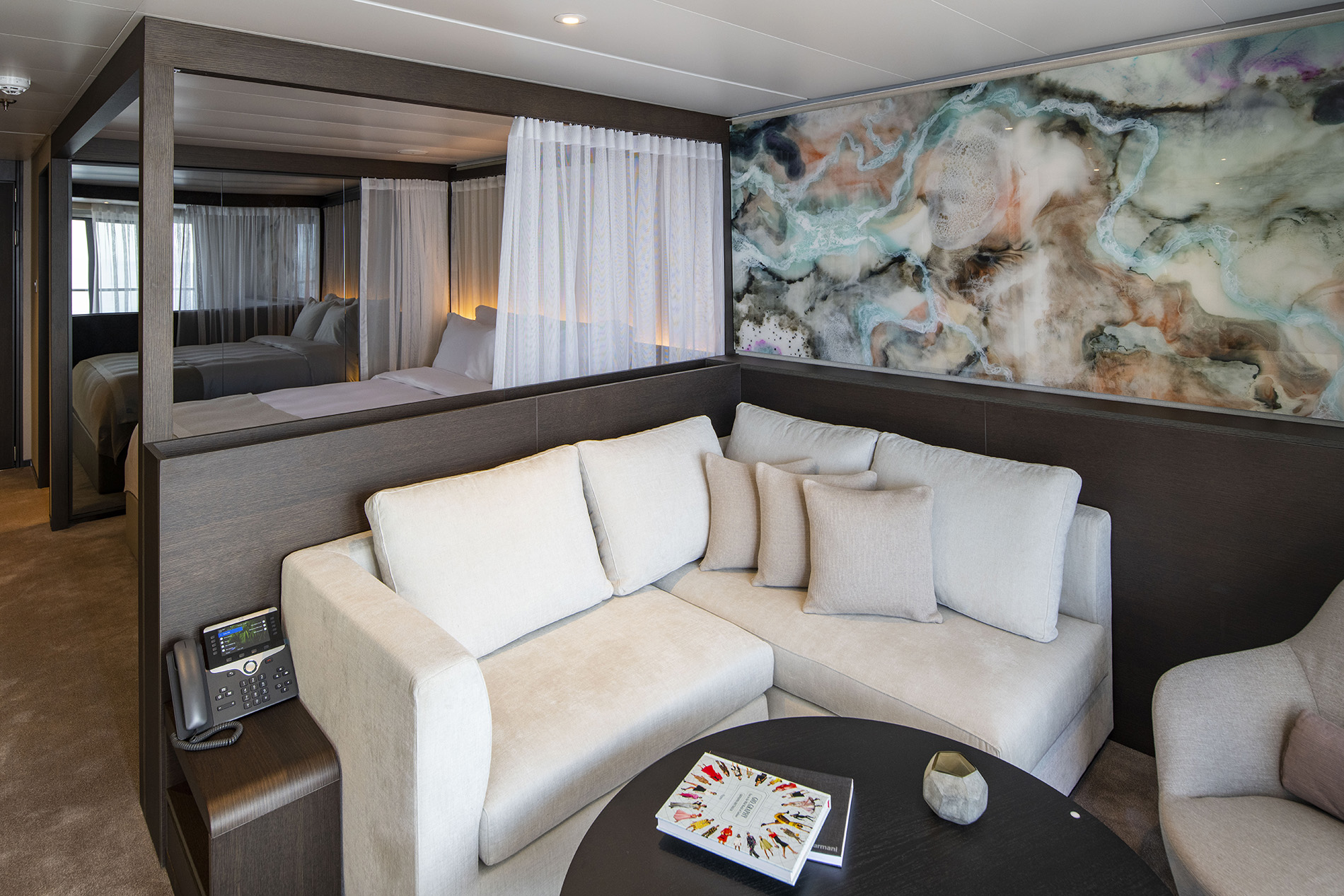
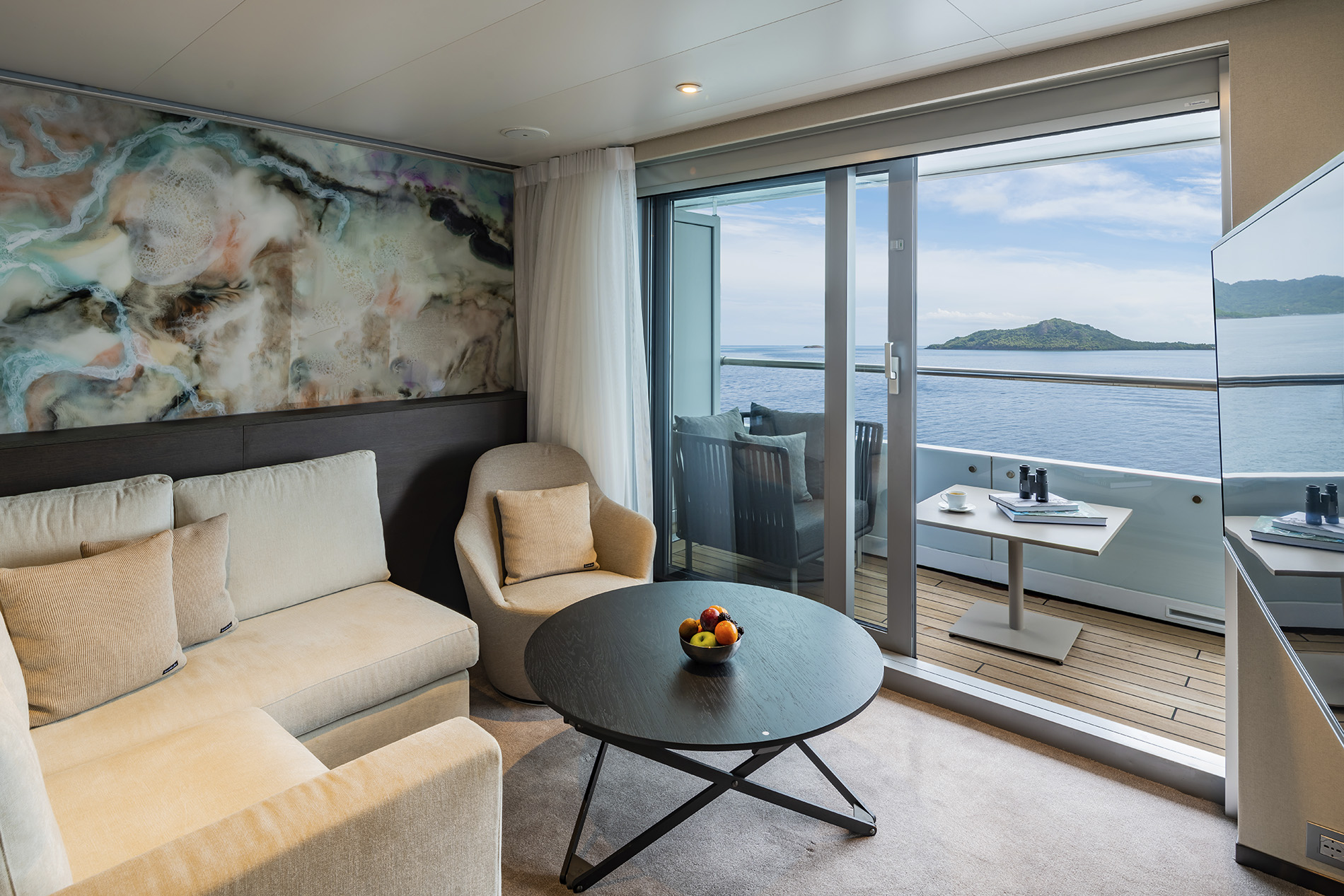

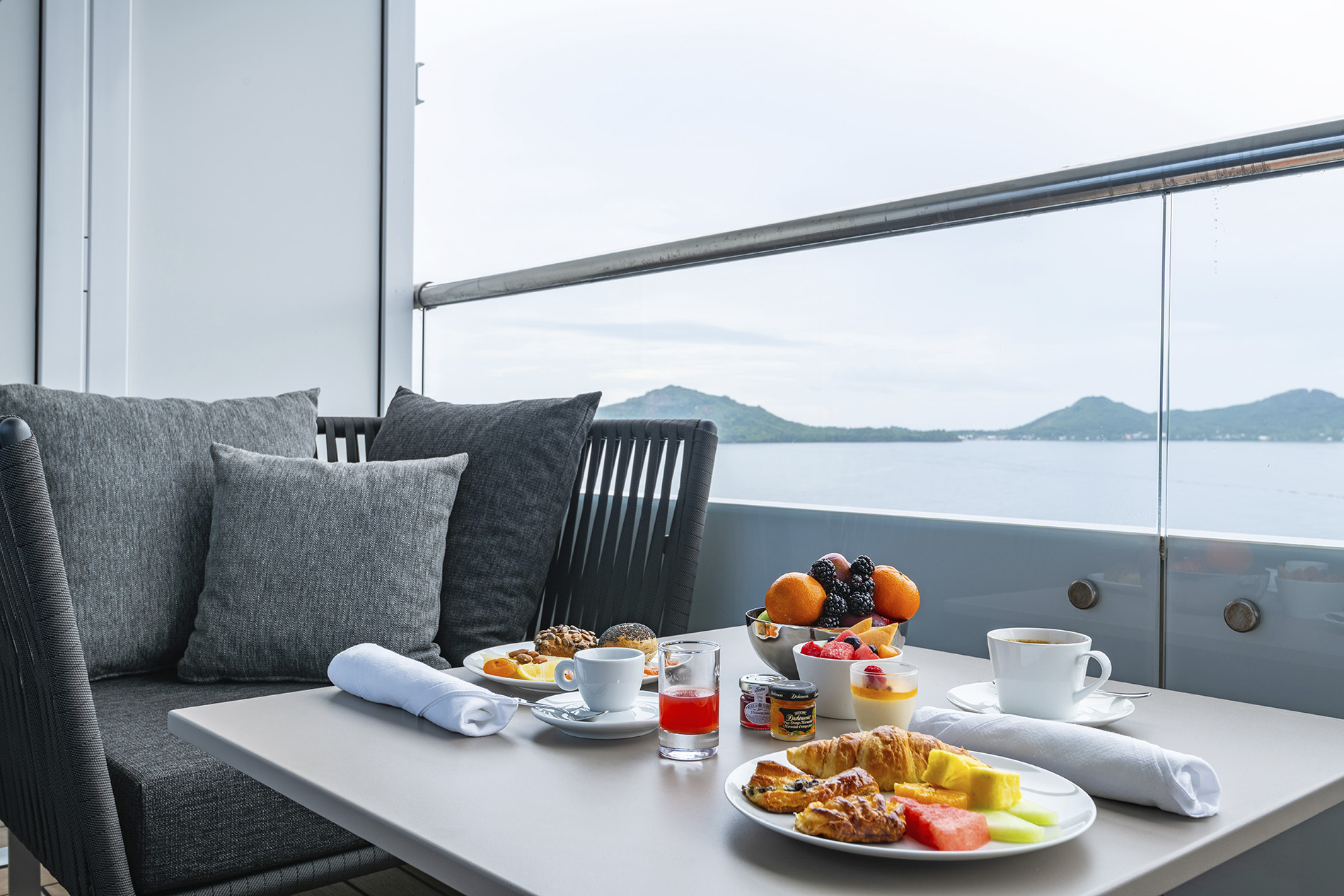
Our generously-sized Grand Deluxe Verandah Suites are your own private hideaway, furnished with the finest ultra-luxury amenities, including a plush king-size bed, pillow menu, walk-in wardrobe and a lounge area to relax in after a day of discovery.
Suite Features
Ranging in size from 32 - 34m², located on Deck 5 to 8, each suite includes:
Lounge & Sleeping Area
Your private hideaway is furnished with the finest ultra-luxury amenities, including plush king-size bed, pillow menu and a lounge area where you can relax after a day of discovery.
Private Verandah
Admire your window to the world. These incredibly spacious and thoughtfully designed suites feature floor-to-ceiling sliding glass doors that open onto sprawling vistas, spectacular seascapes and marvellous marine life. Your private verandah or terrace is the perfect place to unwind as a new world of wonder moves by.
Amenities & Features
- A private verandah with in-suite binoculars for optimal viewing
- Luxury king-size Scenic Slumber Bed
- Separate sleeping zone and lounge area
- En-suite bathroom with shower and vanity
- Luxury bathroom amenities and Dyson hairdryer
- Ambient lighting options
- Personalised butler service
- A full complimentary mini-bar stocked with wines, Champagne and spirits personalised to your preference, including illy coffee and specialty teas re-stocked daily
- In-suite beverage and dining service
- HDTV entertainment system and Bose® speakers
- Advanced Heating, Ventilation and Air-Conditioning system (HVAC) provides 100% fresh air
- The highest sound insulation as per the marine class society Bureau Veritas



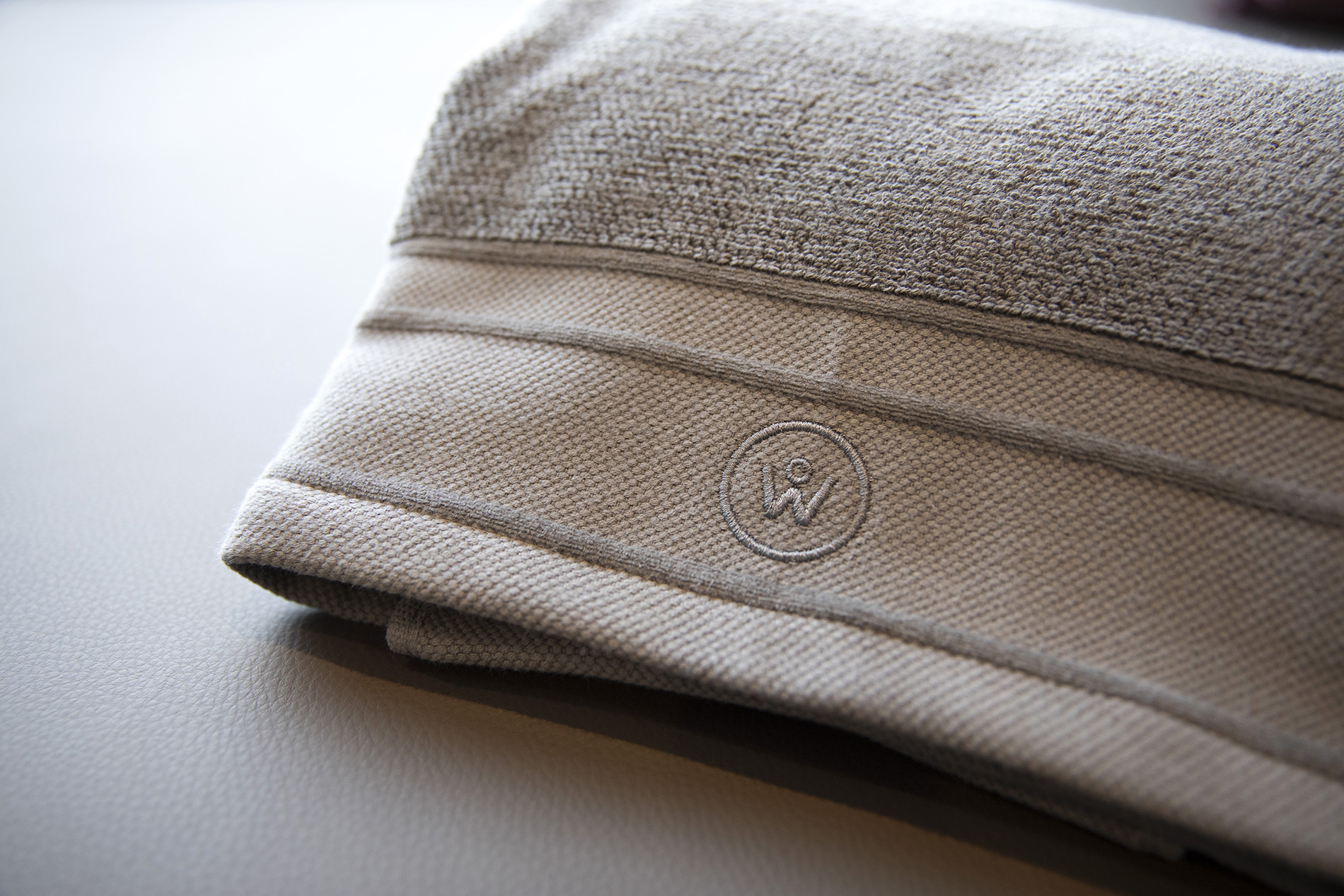
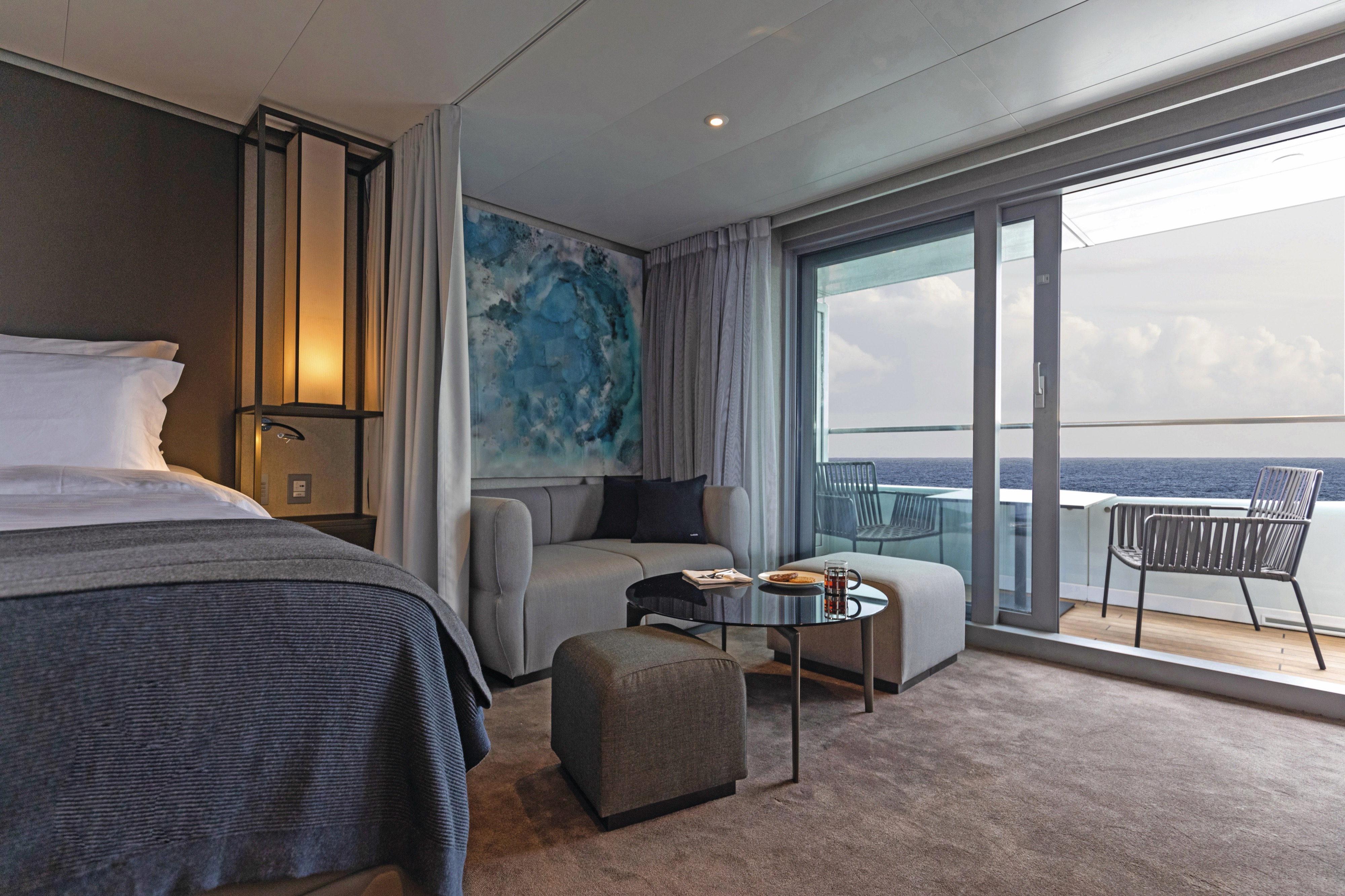
Our spacious Verandah & Deluxe Verandah Suites are thoughtfully designed with floor-to-ceiling sliding glass doors that open onto a private verandah or terrace. Enjoy unwinding in the separate lounge area with your choice of refreshment.
Suite Features
Ranging in size from 32 - 34m², located on Deck 5 to 8, each suite includes:
Lounge & Sleeping Area
Your private hideaway is furnished with the finest ultra-luxury amenities, including plush king-size bed, pillow menu and a lounge area where you can relax after a day of discovery.
Private Verandah
Admire your window to the world. These incredibly spacious and thoughtfully designed suites feature floor-to-ceiling sliding glass doors that open onto sprawling vistas, spectacular seascapes and marvellous marine life. Your private verandah or terrace is the perfect place to unwind as a new world of wonder moves by.
Amenities & Features
- A private verandah with in-suite binoculars for optimal viewing
- Luxury king-size Scenic Slumber Bed
- Separate sleeping zone and lounge area
- En-suite bathroom with shower and vanity
- Luxury bathroom amenities and Dyson hairdryer
- Ambient lighting options
- Personalised butler service
- A full complimentary mini-bar stocked with wines, Champagne and spirits personalised to your preference, including illy coffee and specialty teas re-stocked daily
- In-suite beverage and dining service
- HDTV entertainment system and Bose® speakers
- Advanced Heating, Ventilation and Air-Conditioning system (HVAC) provides 100% fresh air
- The highest sound insulation as per the marine class society Bureau Veritas




Scenic Eclipse II
Discovery Yacht Cruising
Whether cruising the polar landscapes of East Antarctica or gliding through the picturesque waters of the South Pacific and Asia, Scenic Eclipse II is equipped with state-of-the-art technology to deliver unrivalled experiences in all destinations and for all seasons.
By combining world-class design with spacious suites, a diverse array of culinary and wellness experiences, and immersive exploration, Scenic Eclipse II sets the new benchmark in ultra-luxury ocean cruising.
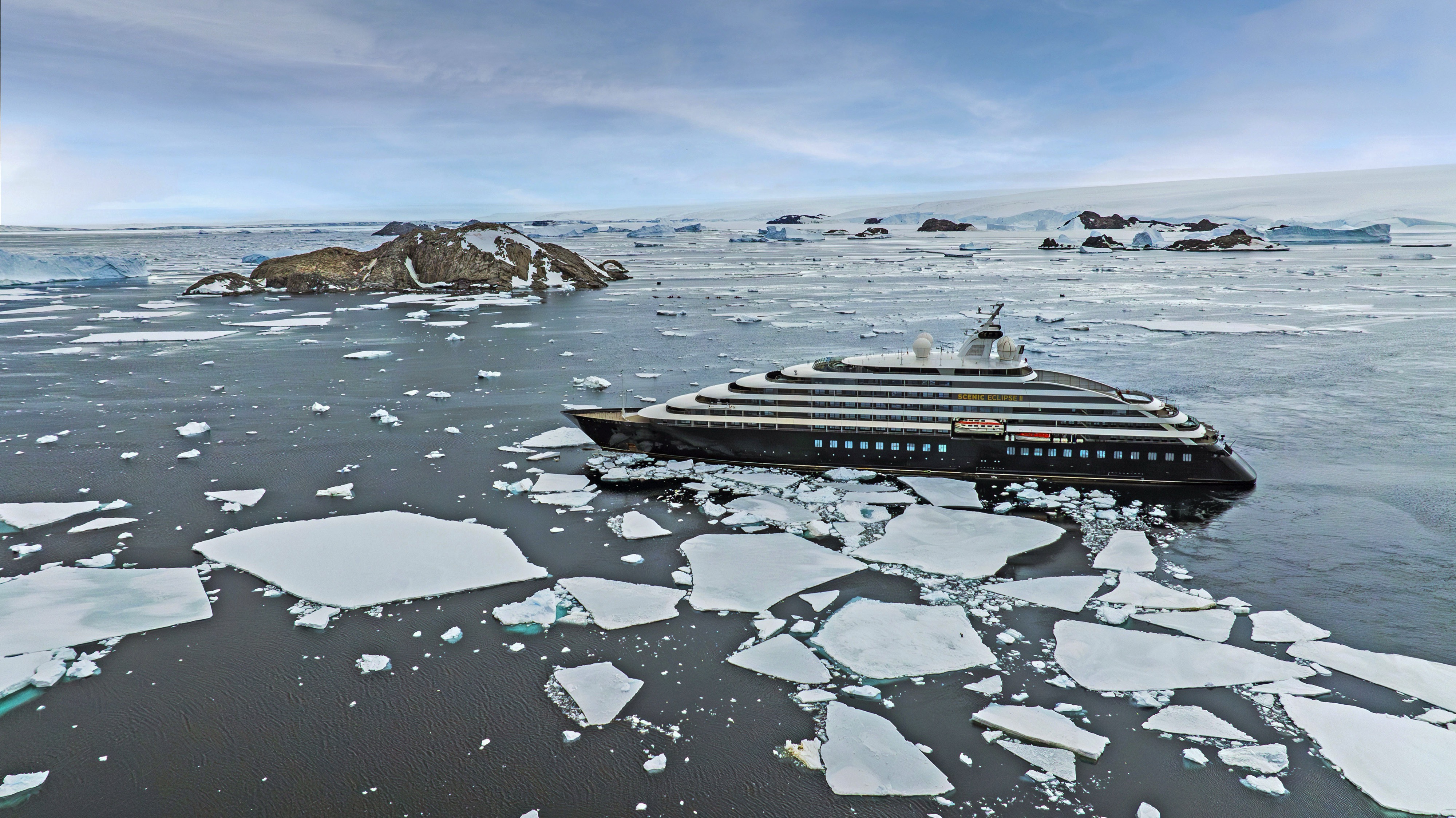
Ship Facts
| Launch Year | 2023 | ||||||||||
| Refit Year | |||||||||||
| Language | en-US | ||||||||||
| Gross Tonnage | 17545 | ||||||||||
| Length | 168 | ||||||||||
| Width | 22 | ||||||||||
| Currency | USD | ||||||||||
| Speed | 17 | ||||||||||
| Capacity | 228 | ||||||||||
| Crew Count | 176 | ||||||||||
| Deck Count | 8 | ||||||||||
| Cabin Count | 114 | ||||||||||
| Large Cabin Count | 0 | ||||||||||
| Wheelchair Cabin Count | 0 | ||||||||||
| Electrical Plugs |
|
Deck 10
- Sky Bar
- Sky Deck Vitality Pool
- Cabanas
- Elevator
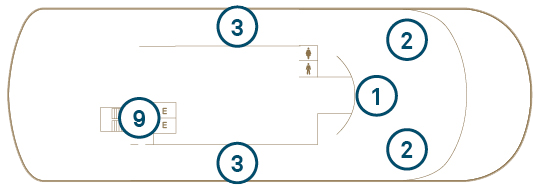
Deck 9
Owner's Penthouse Suite
- Two bedroom Penthouse Suite
- Spa Suite
- Elevator
- Helicopter Hangars
- Helipad

Deck 8
- Panorama Suite
- Spa Suite
- Grand Deluxe Verandah Suite
- Deluxe Verandah Suite
- Verandah Suite
- Helicopter Hangars
- Helipad
- Elevator

Deck 7
- Grand Deluxe Verandah Suite
- Deluxe Verandah Suite
- Verandah Suite
- Yacht Club
- Hanging Chairs
- Elevator
- Yoga & Pilates Room
- Gym & Fitness Area
- Wheelhouse

Deck 6
Grand Panorama Suite
- Grand Deluxe Verandah Suite
- Deluxe Verandah Suite
- Verandah Suite
- Elevator
- Spa Vitality Pool
- Senses Spa

Deck 5
Grand Deluxe Verandah Suite
- Deluxe Verandah Suite
- Verandah Suite
- Elevator
- Lumière
- Azure Bar & Café
- Scenic Épicure
- Observation Lounge & Library
- Observation Terrace
- Marina Entrance

Deck 4
Elevator
- Koko's
- Sushi & Sake Bar
- Chef's Table
- Elements
- Guest Services
- Scenic Lounge & Bar
- Boutique
- Theatre
- Discovery Lounge

Deck 3
Elevator
- Marina Entrance
- Guest Laundry
- Medical Centre
- Discovery Centre
- Tender Area

With an unrivalled range of dining experiences, be immersed in a multicultural culinary adventure. The impressive selection of cuisines and dining venues offer you a variety of choices that will satisfy everyone’s palate. Open galleys invite you to see first-hand the passion and expertise that goes into preparing every meal.
"Scenic Eclipse is the only ship to offer such an extensive à la carte spectrum, with so much flexibility and variety. Our menus reflect the talents of our chefs and the destinations we visit, and that’s really 100% unique." - Tom Goetter, VP Oceans Hotel Operations for Scenic Group.With up to 10 unique dining experiences featuring a range of flavours and cuisines, you can pick the setting to match your mood.
Dining and beverages curated to your tastes
- Culinary team of over 38 chefs from 15 countries
- More than 3,000 recipes in the menu repertoire curated to reflect the regions we sail in
- Locally sourced produce
- Delectable options to suit all dietary requirements - from gluten-free to vegetarian, vegan and more
- Premium selection of beverages available all day
- A range of over 100 premium Champagne, sparkling, red, white, rosé and dessert wines, with daily selections inspired by your destination
Elements
Chef's Table @ Elements
Koko's Asian Fusion
Night Market @ Koko's
Night Market @ Koko’s features a classic teppanyaki grill. Enjoy real interaction with the chef as he guides you on an inspired journey of the night market dishes from Asia, India and the Middle East, preparing dishes right in front of you. This experience is not the usual show you may envisage, where food is thrown and eggs cracked on the grill. Rather, it is an intimate dining experience for only eight guests and the chef. There are waiters continuously circulating with beverages and making sure the guests are well attended. Bookings are required for the Night Market @ Koko’s dining, located on Deck 4.
Sushi & Sake Bar @ Koko's
Azure Bar & Café
Lumière Restaurant & Champagne Bar
Yacht Club
Chef's Garden @ Épicure
In-Suite Dining
Private Dining Experiences
There are many intimate and relaxed venues which provide the option of private dining at no additional cost.
Groups can dine at a restaurant of their choice or in the privacy of their suite. Night Market @ Koko’s offers private dining for up to eight guests and Chef’s Table is the ultimate degustation dining by invitation-only experience for 10 guests.
Scenic Eclipse II takes ocean cruising to a whole new level of luxury and elegance. Your time on board will be one of world-class indulgence and absolute discovery. From the ultimate spa experience to the spacious lounges and bars, outdoor terraces, pool and jacuzzis, not to mention the theatre and of course your own private verandah, the luxurious wonders on board Scenic Eclipse never cease.
An Unrivalled Selection
Our expert bartenders are well-versed and equipped to mix up a variety of cocktails, from a traditional dry martini (shaken, not stirred if you wish) through to the latest trending concoctions. A comprehensive wine list has been curated by Master of Wine, Keith Isaac and sourced from around the world, representing a number of viticultural regions and wine styles. Equally, there is a thorough selection of top-shelf spirits, allowing you to choose your favourite gin, saké or from more than 100 varieties of whiskey. Relax and order from a wide range of truly all-inclusive beverages according to your mood and tastes.*
Freshly squeezed fruit juices, soft drinks and nonalcoholic beers are also included. Enjoy your favourite mocktail or sip on a warming brew from a range of specialty teas and illy coffees, all available whenever you please.
Settle in at any one of the nine spacious bars and lounges to enjoy your beverage of choice. Relish French champagne at Lumière’s Champagne Bar, indulge in an aged whiskey at the Scenic Lounge Bar, sip on a cocktail in your cabana near the Panorama Bar, or unwind in the Observation Lounge with a specialty tea. Fancy an aperitif as you admire the views from your private verandah, or a pinot noir with dinner? Complimentary beverages*, including those stocked in your mini-bar, are all part of our signature truly all-inclusive promise.
This impressive selection is available all day, every day – ensuring that a 6-star, ultra-luxury voyage on board Scenic Eclipse really is in a class of its own.
Observation Lounge
State-of-the-Art Theatre
Sky Bar
The Sky Bar can be found on Deck 10.
Sky Deck
The Sky Deck can be found on Deck 10.